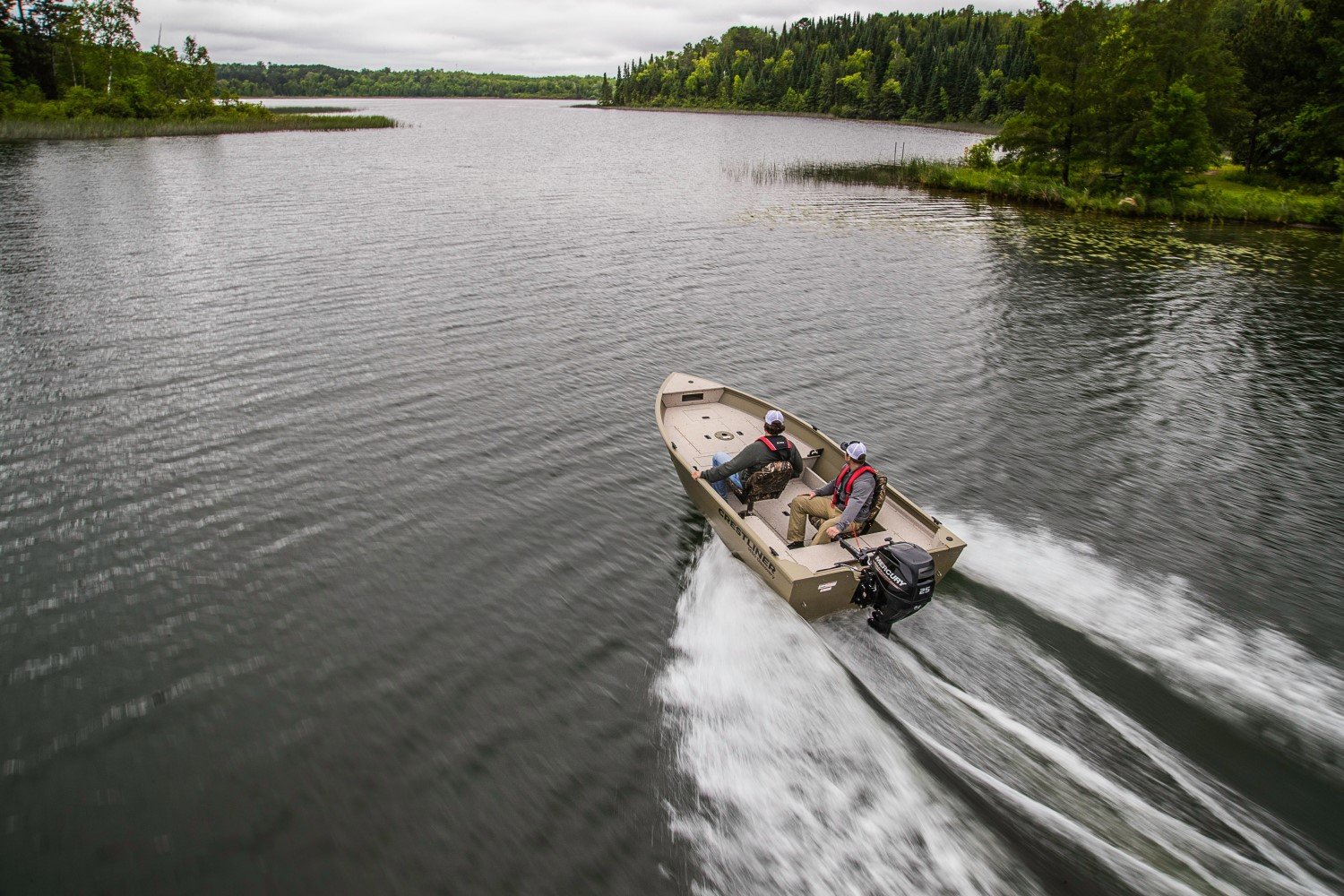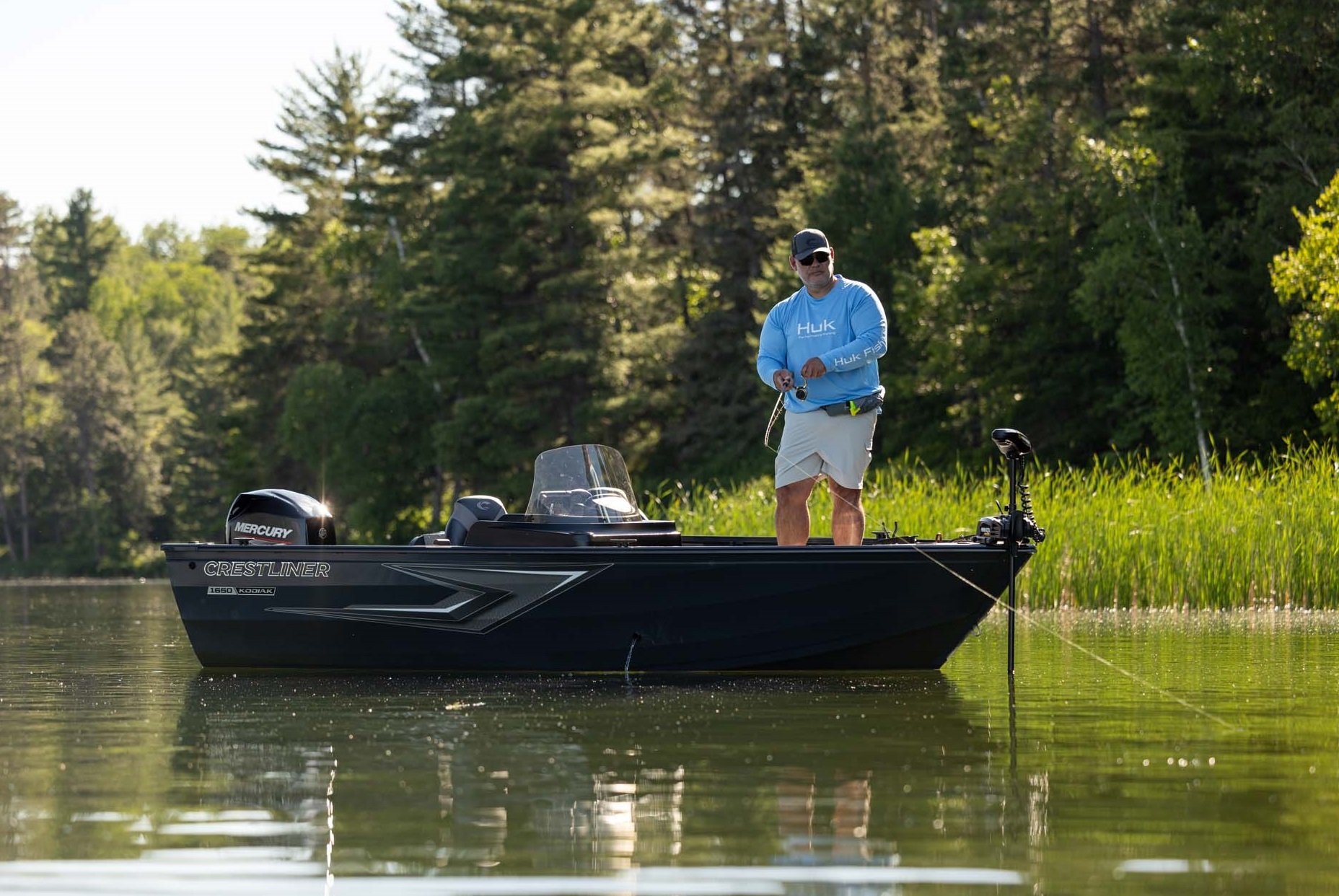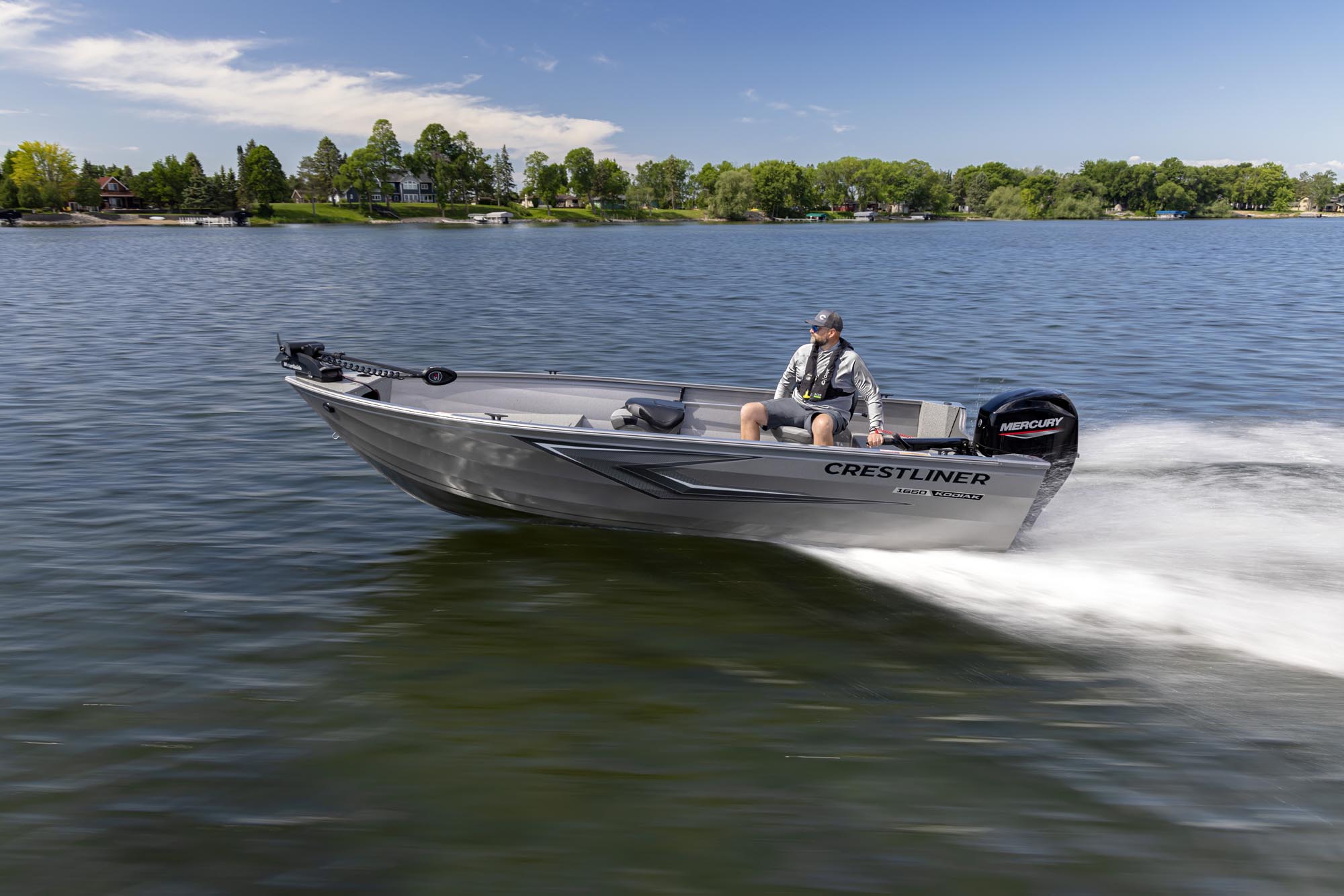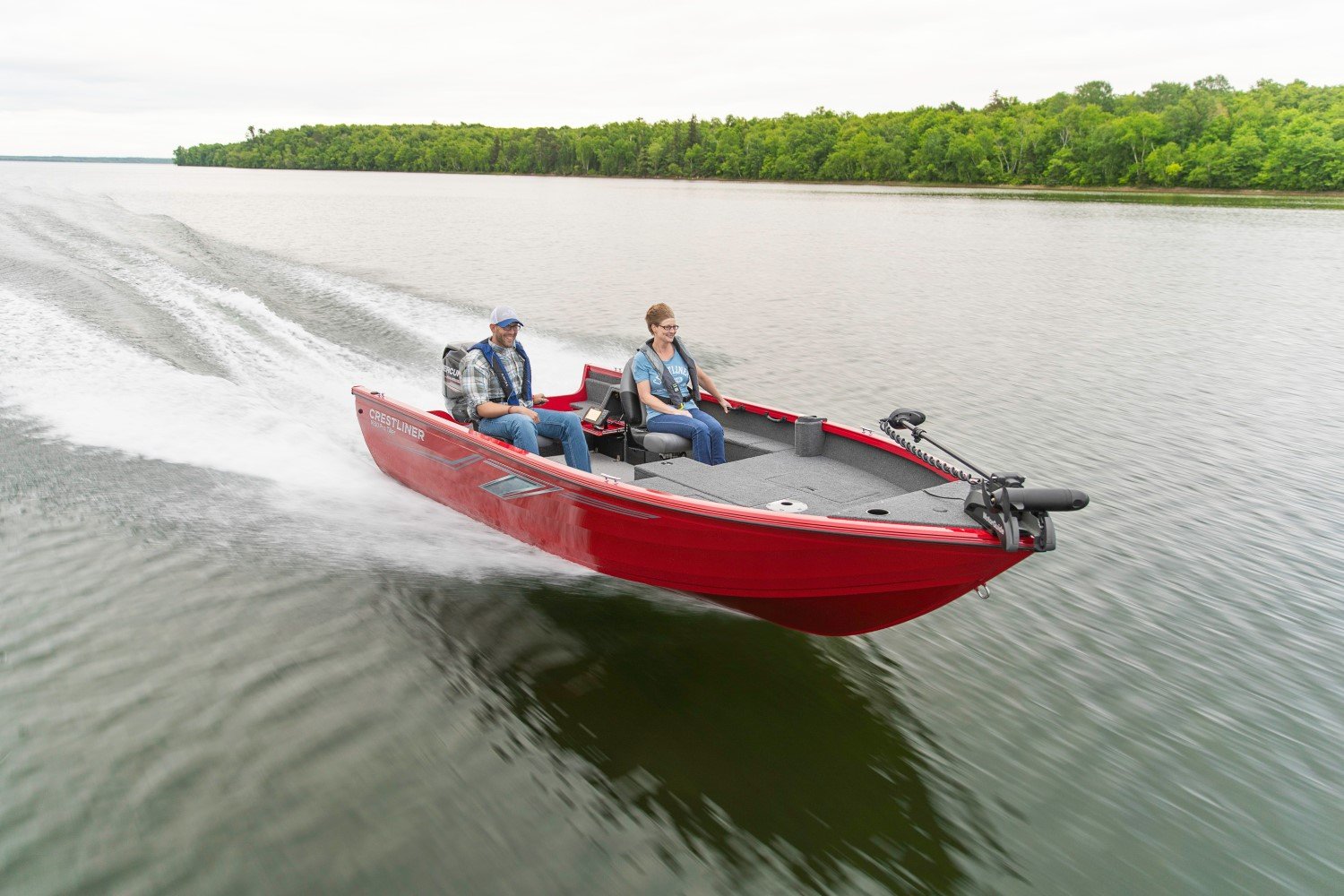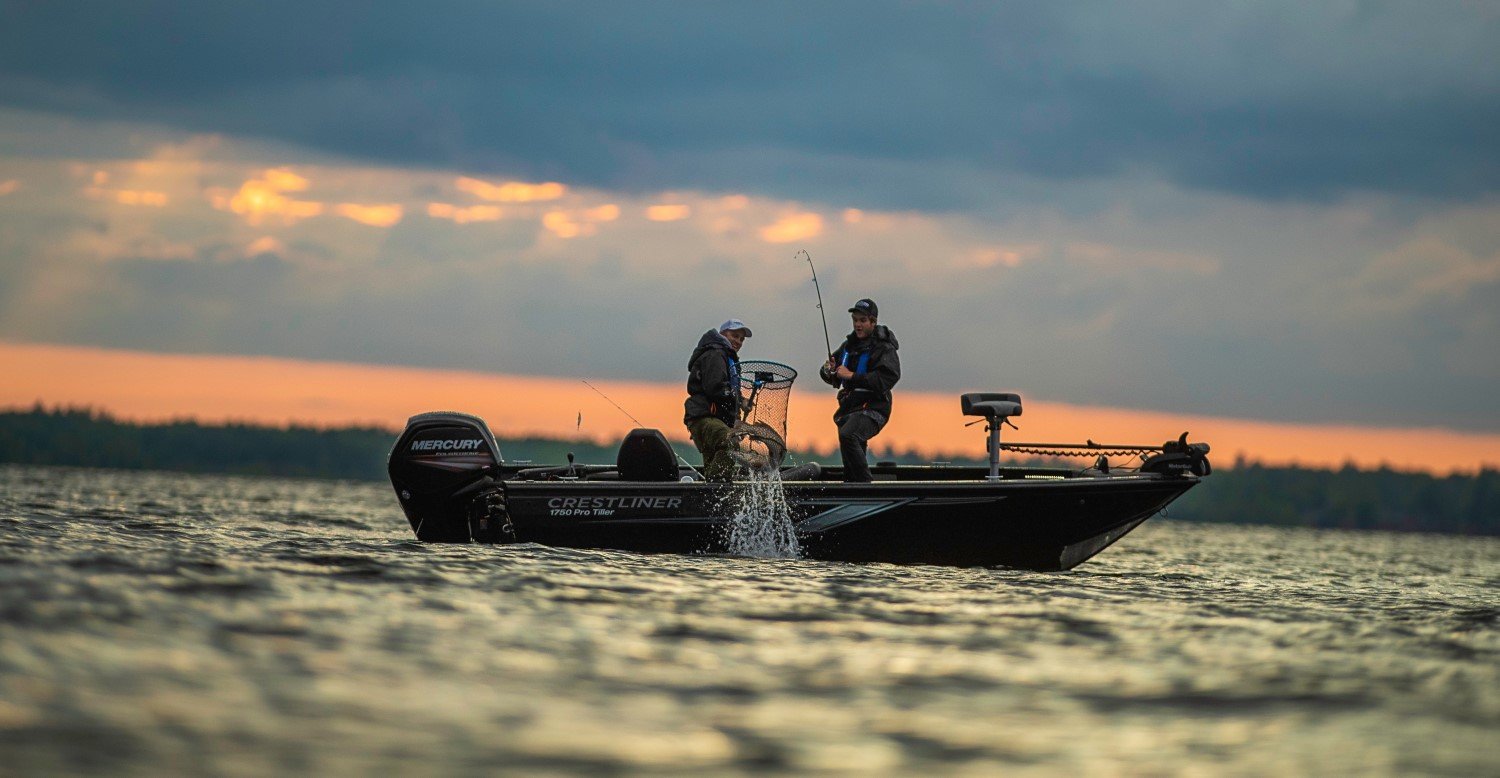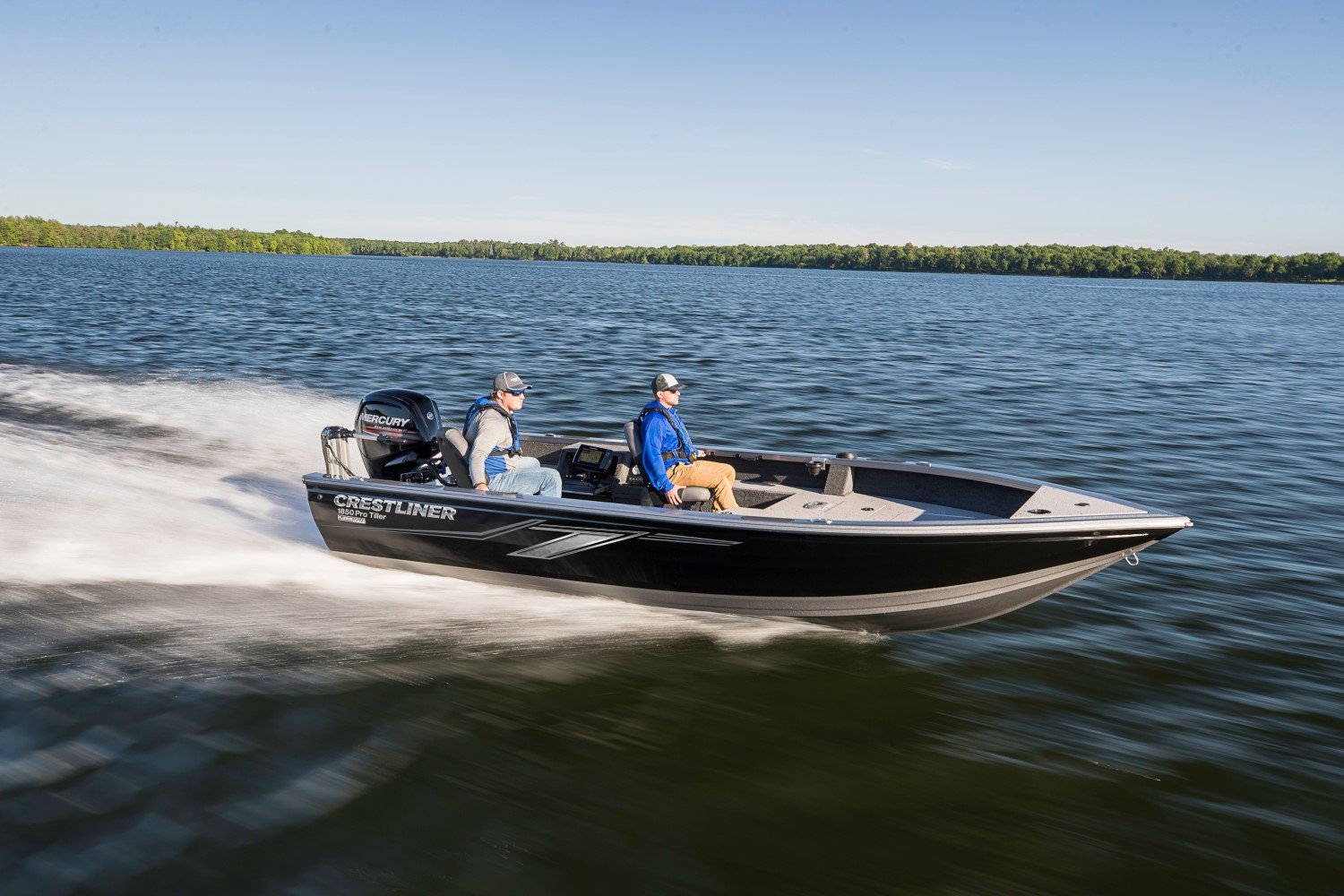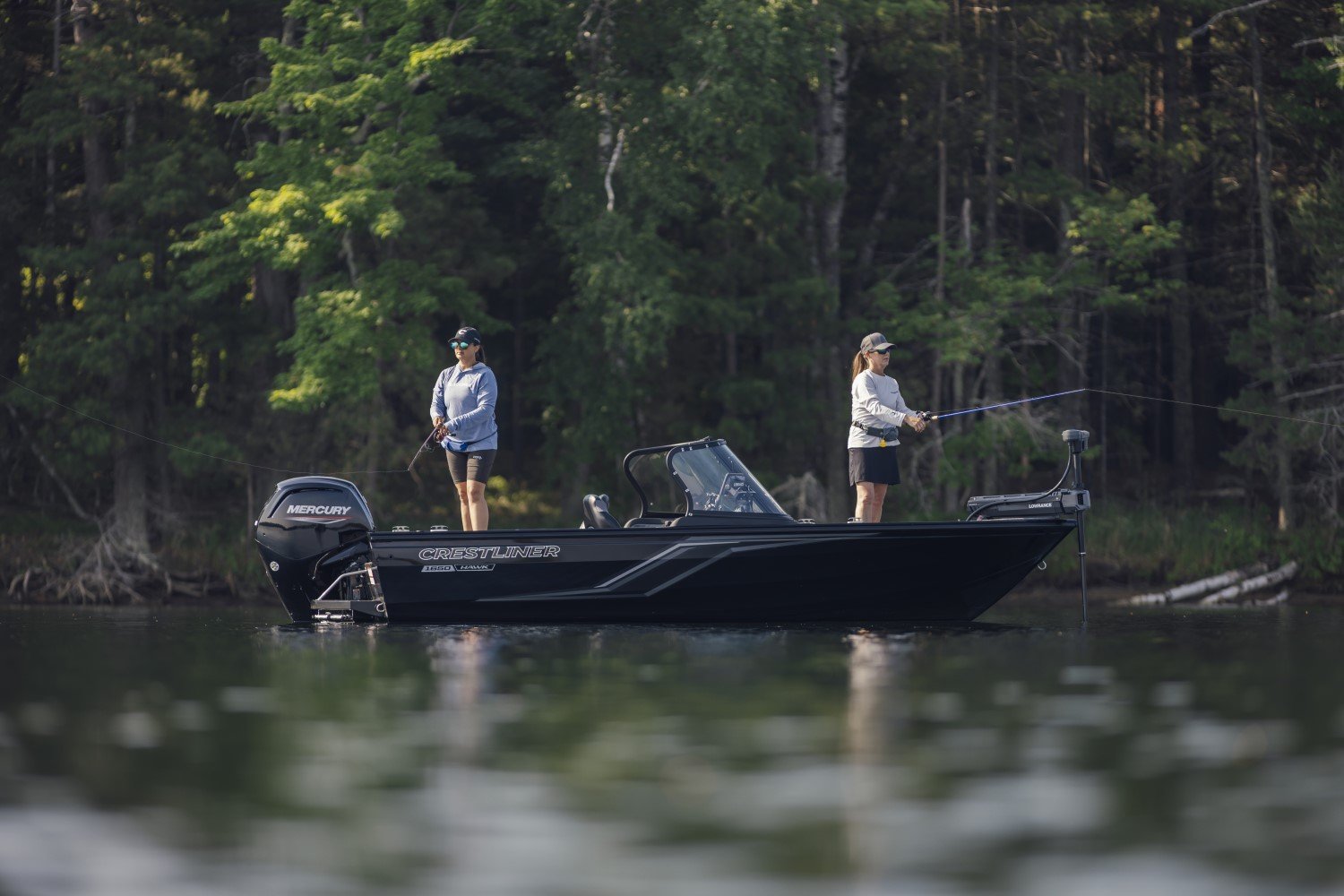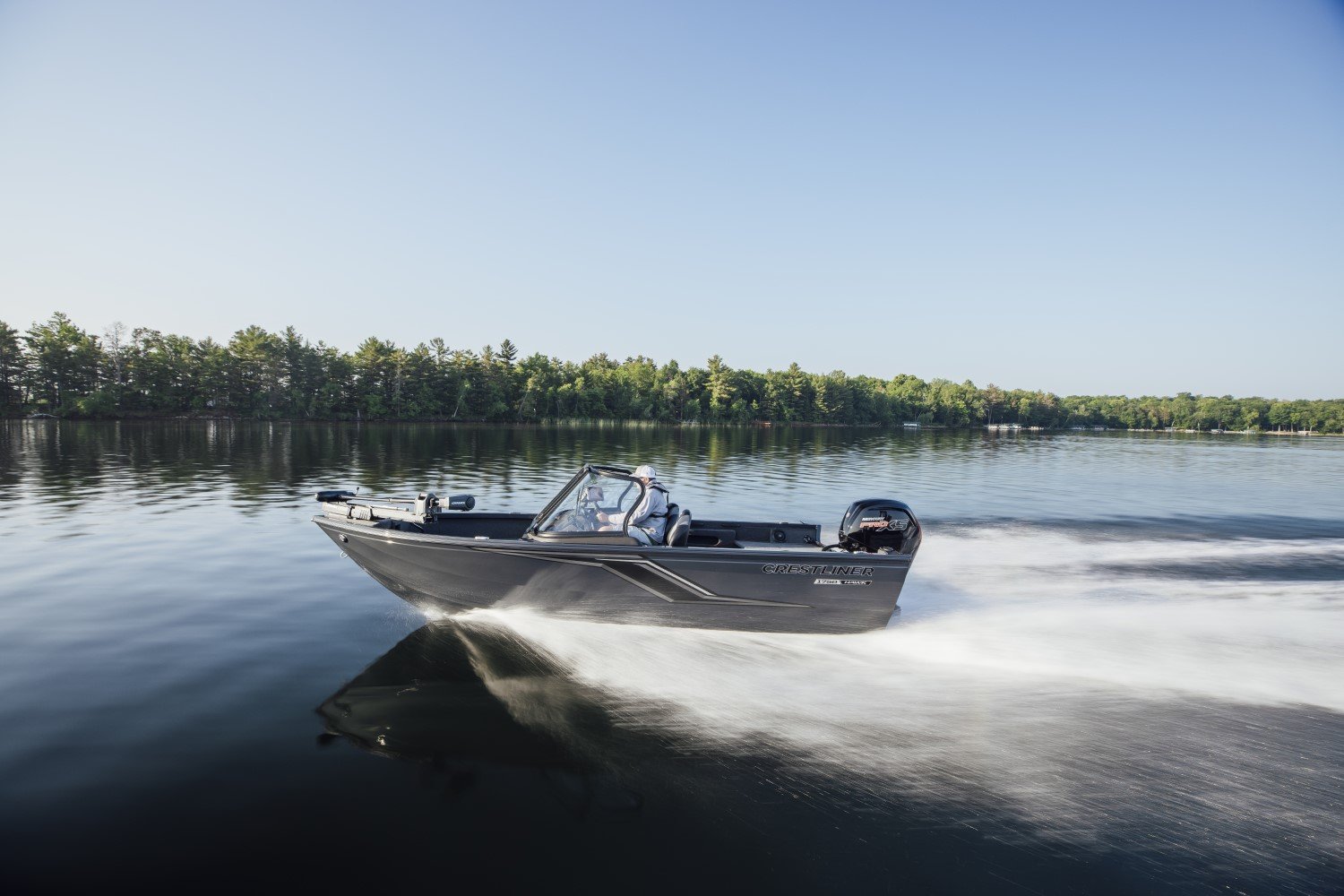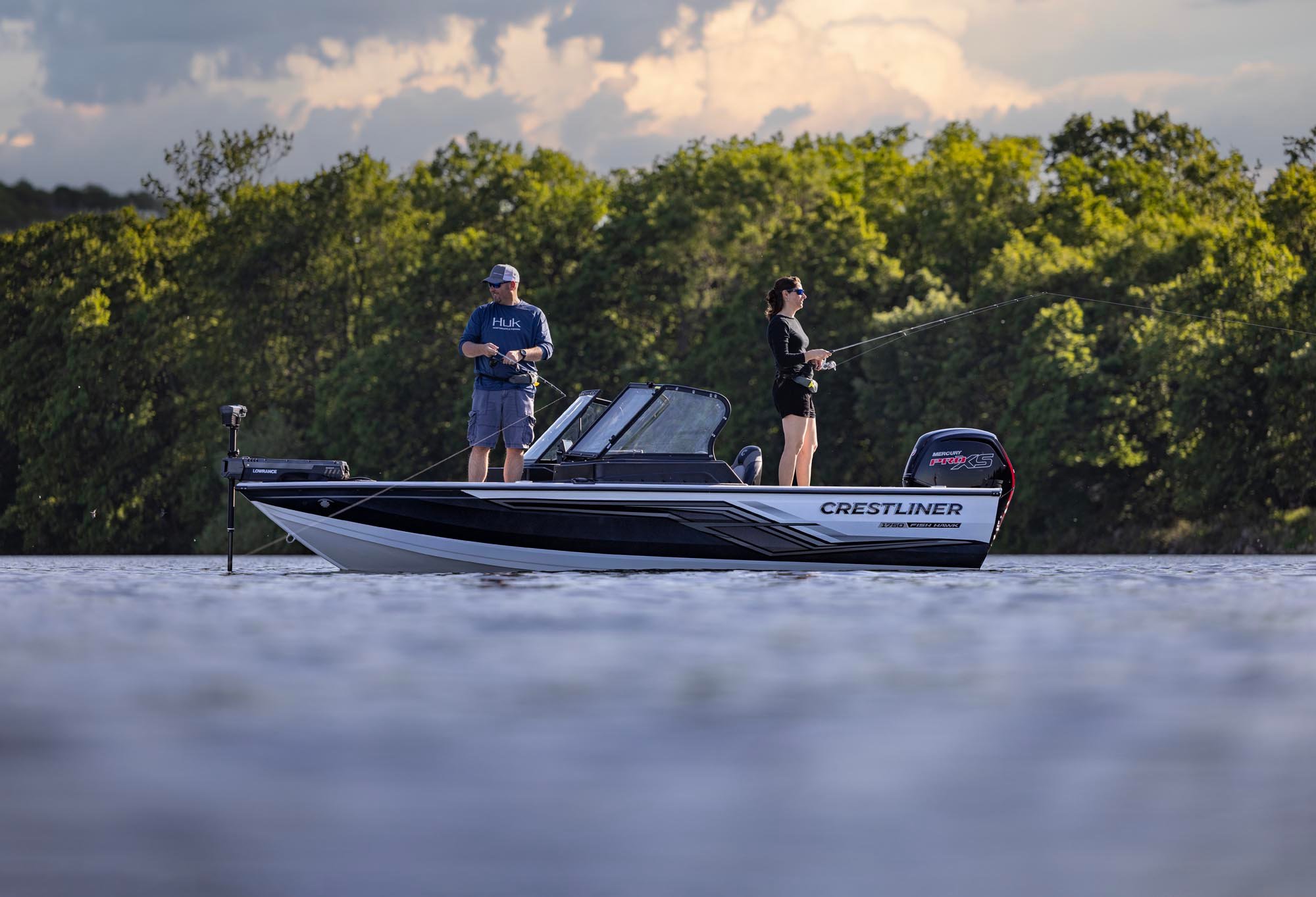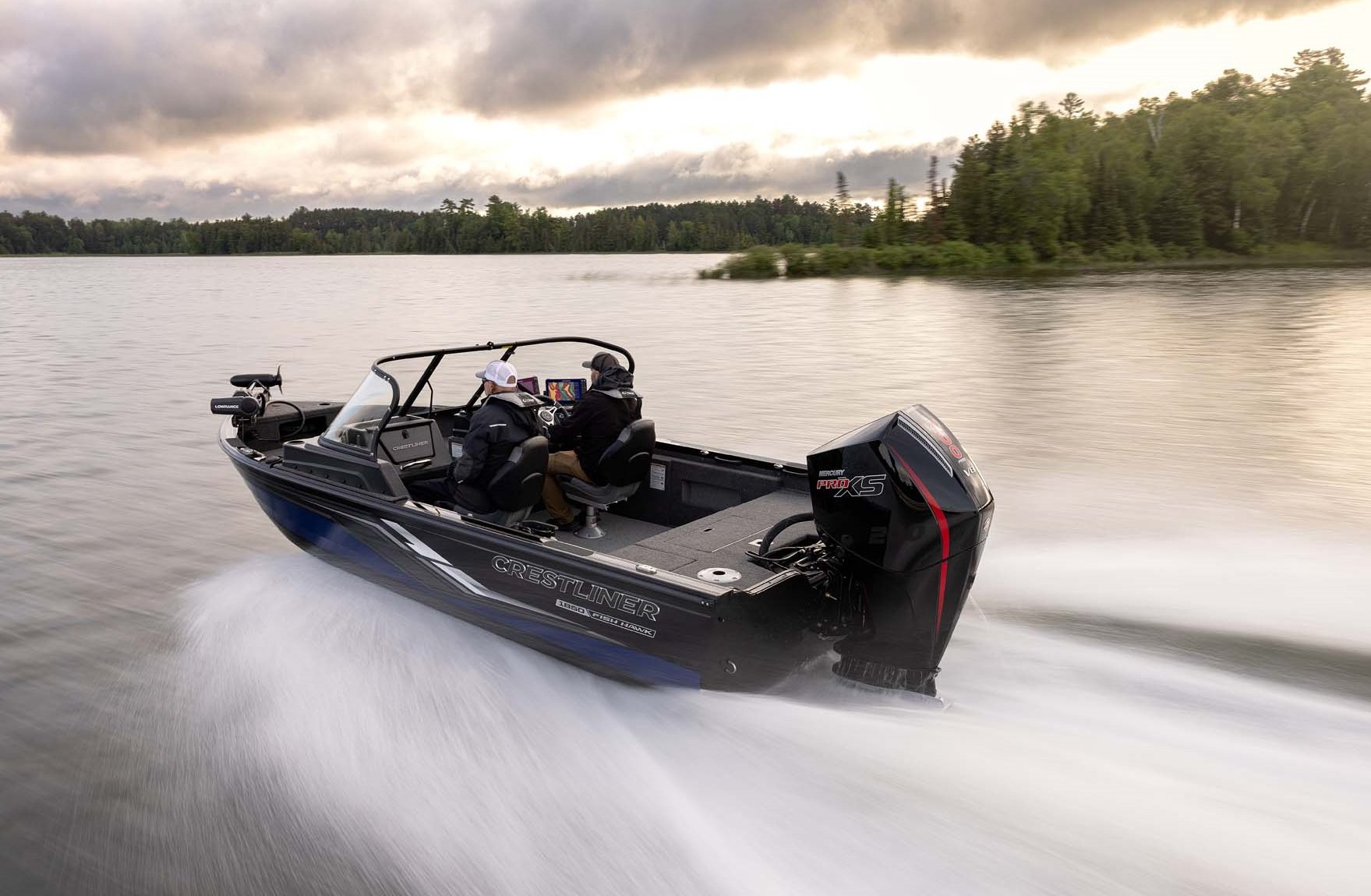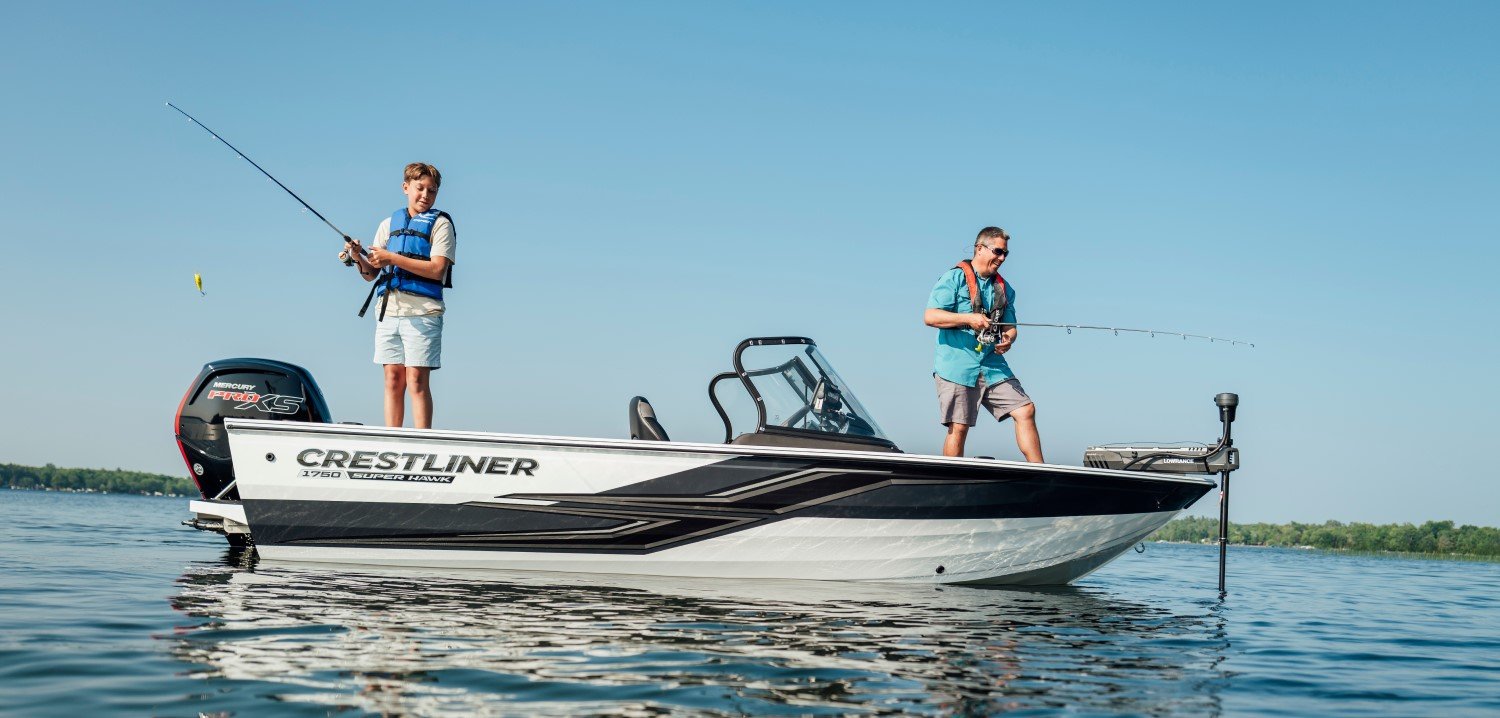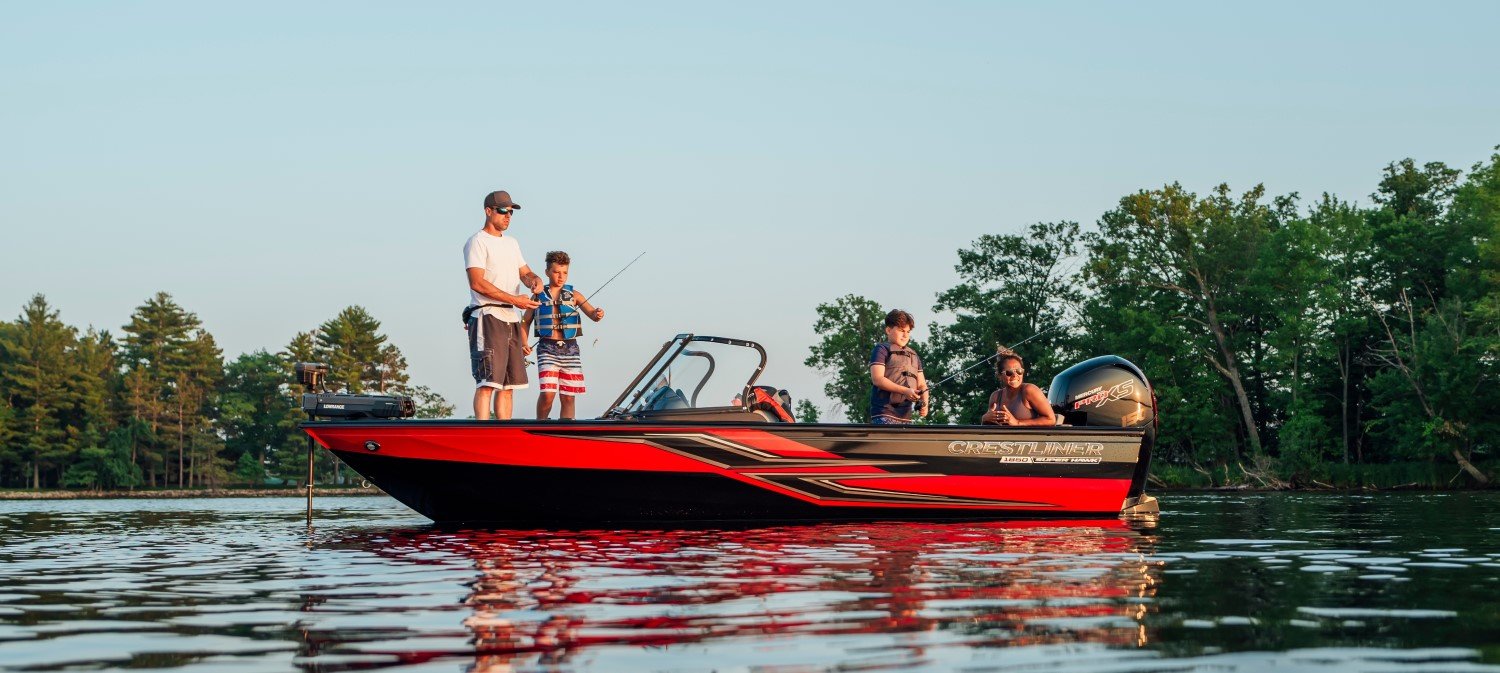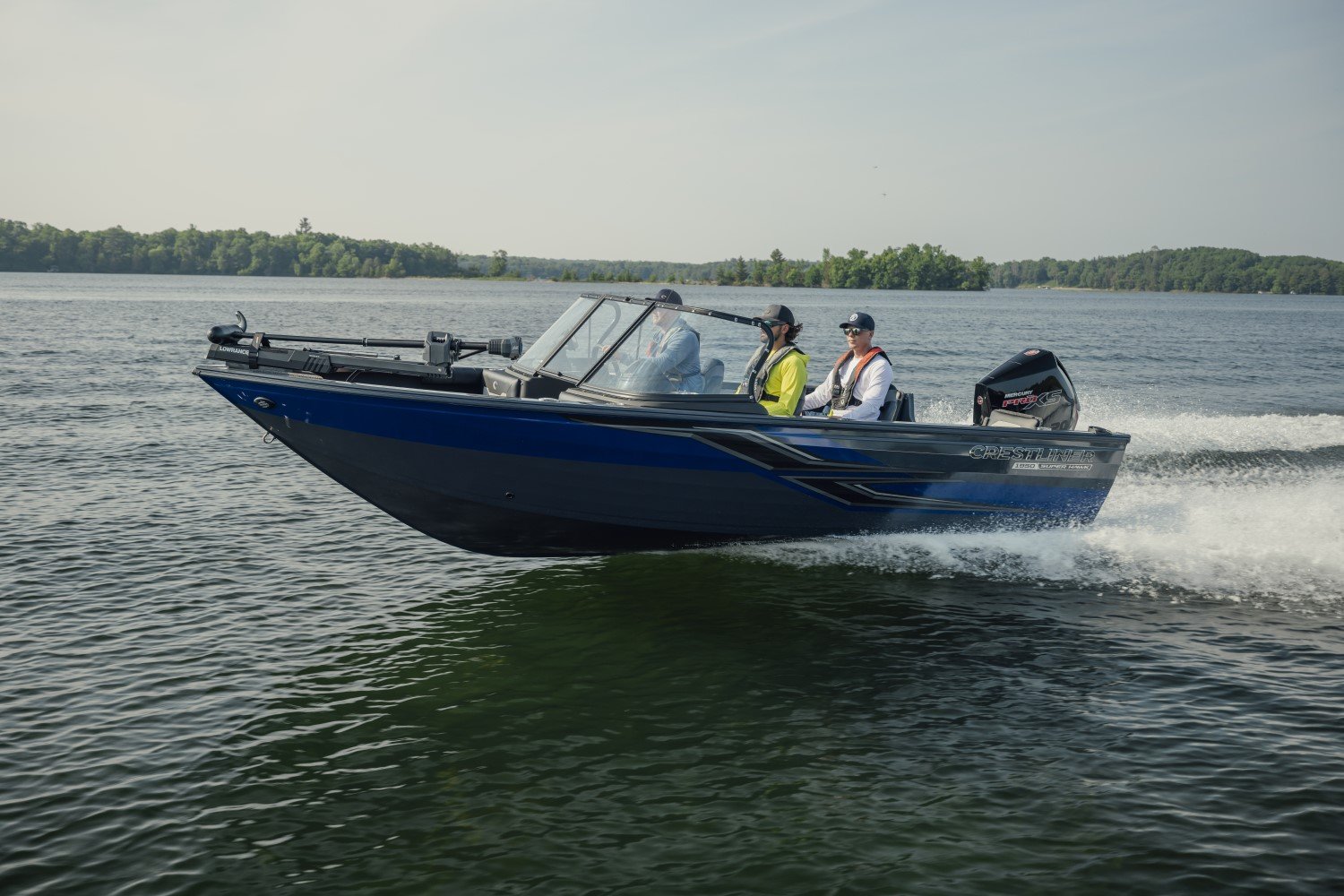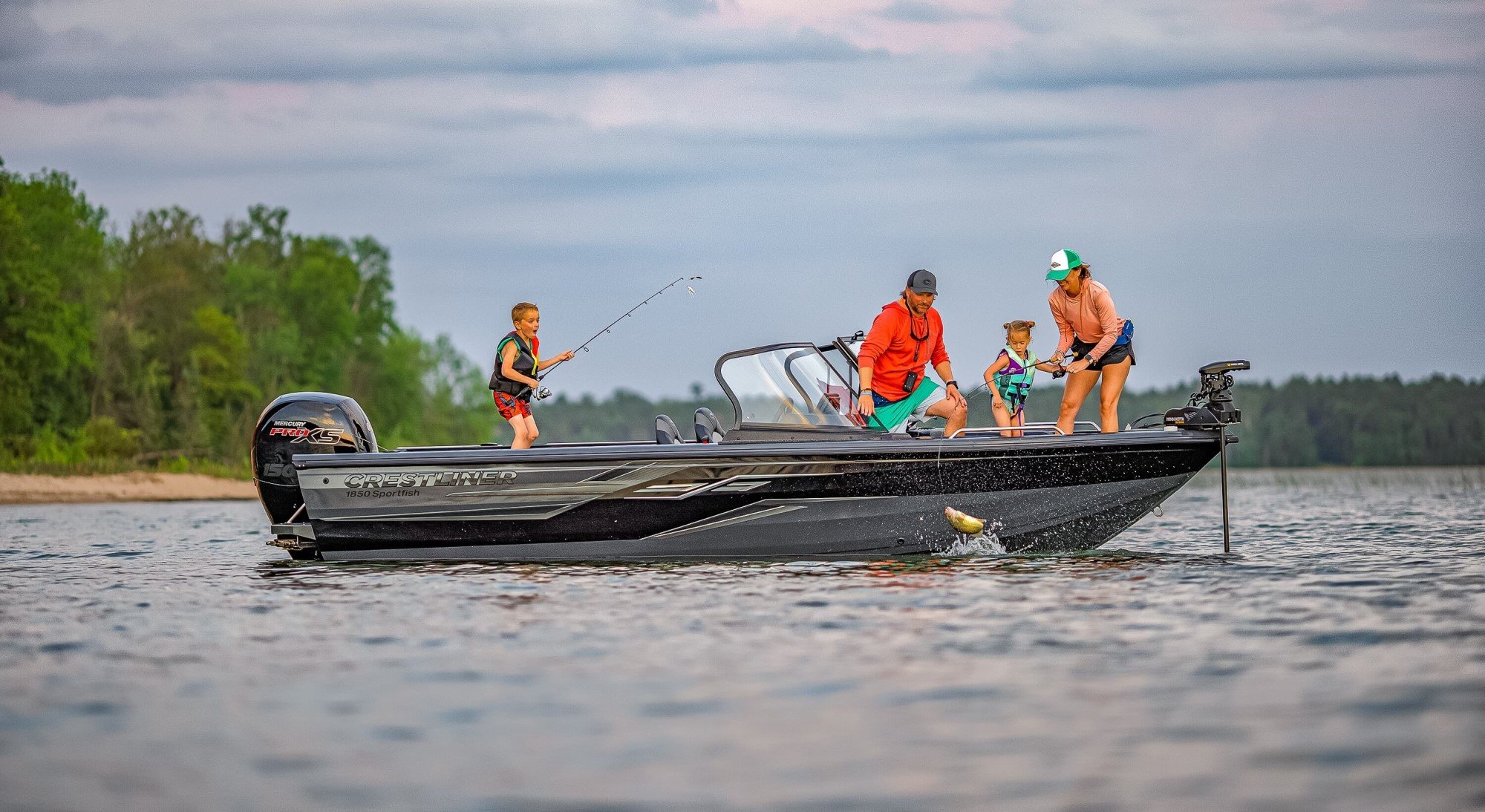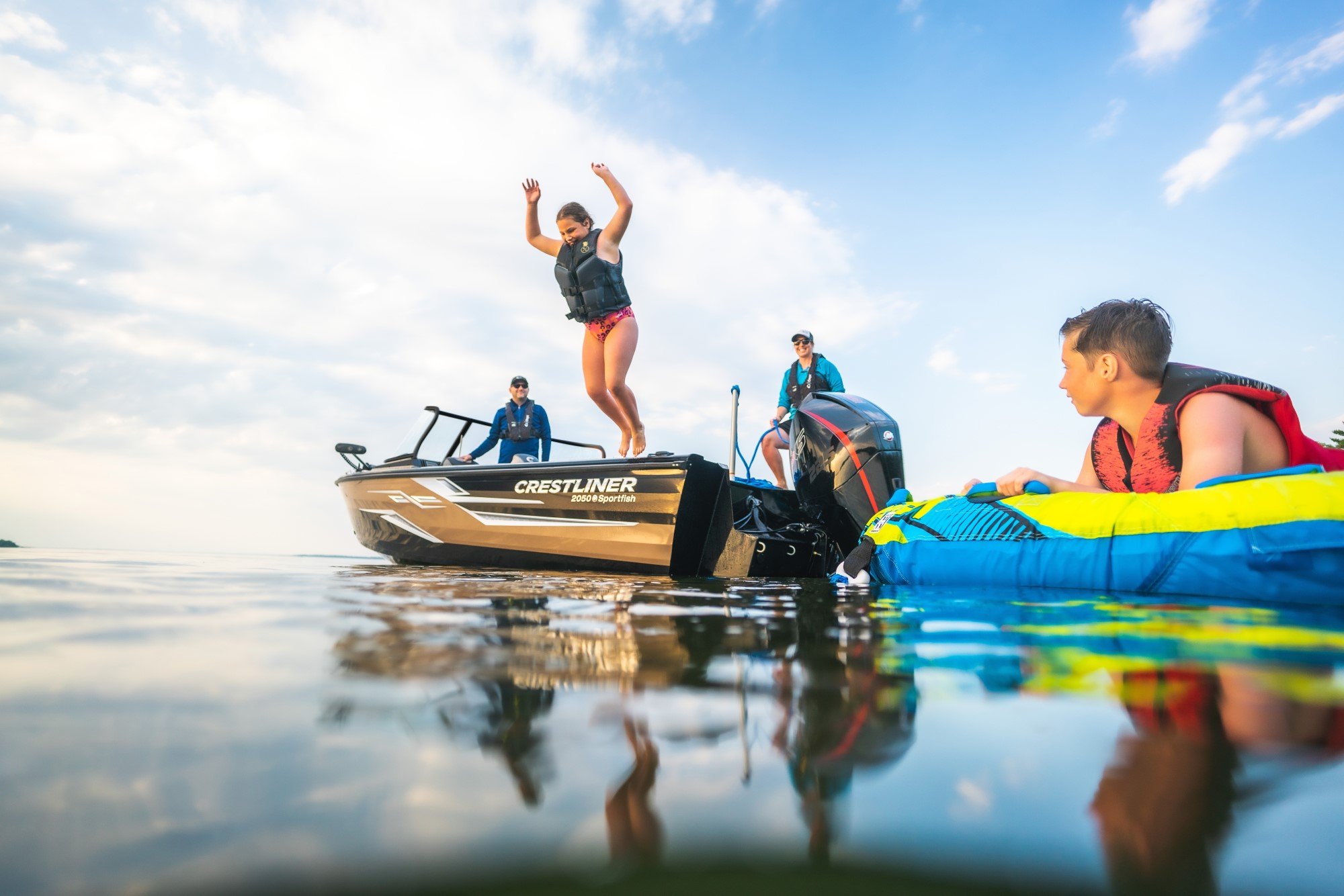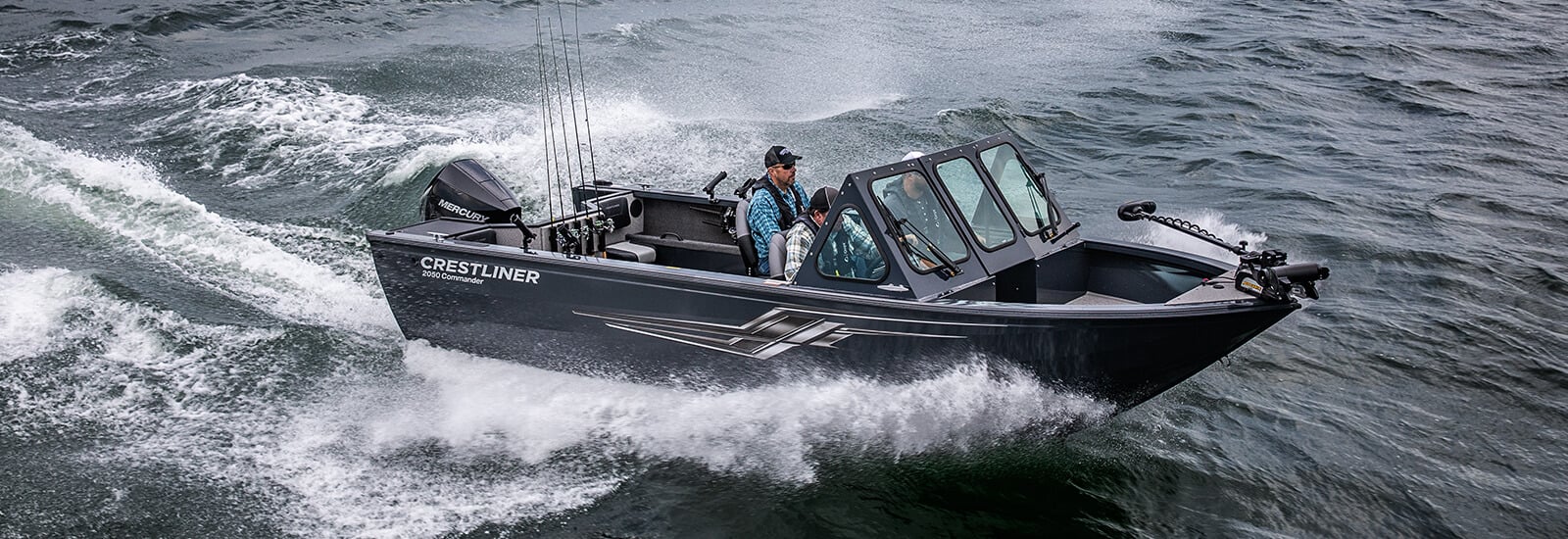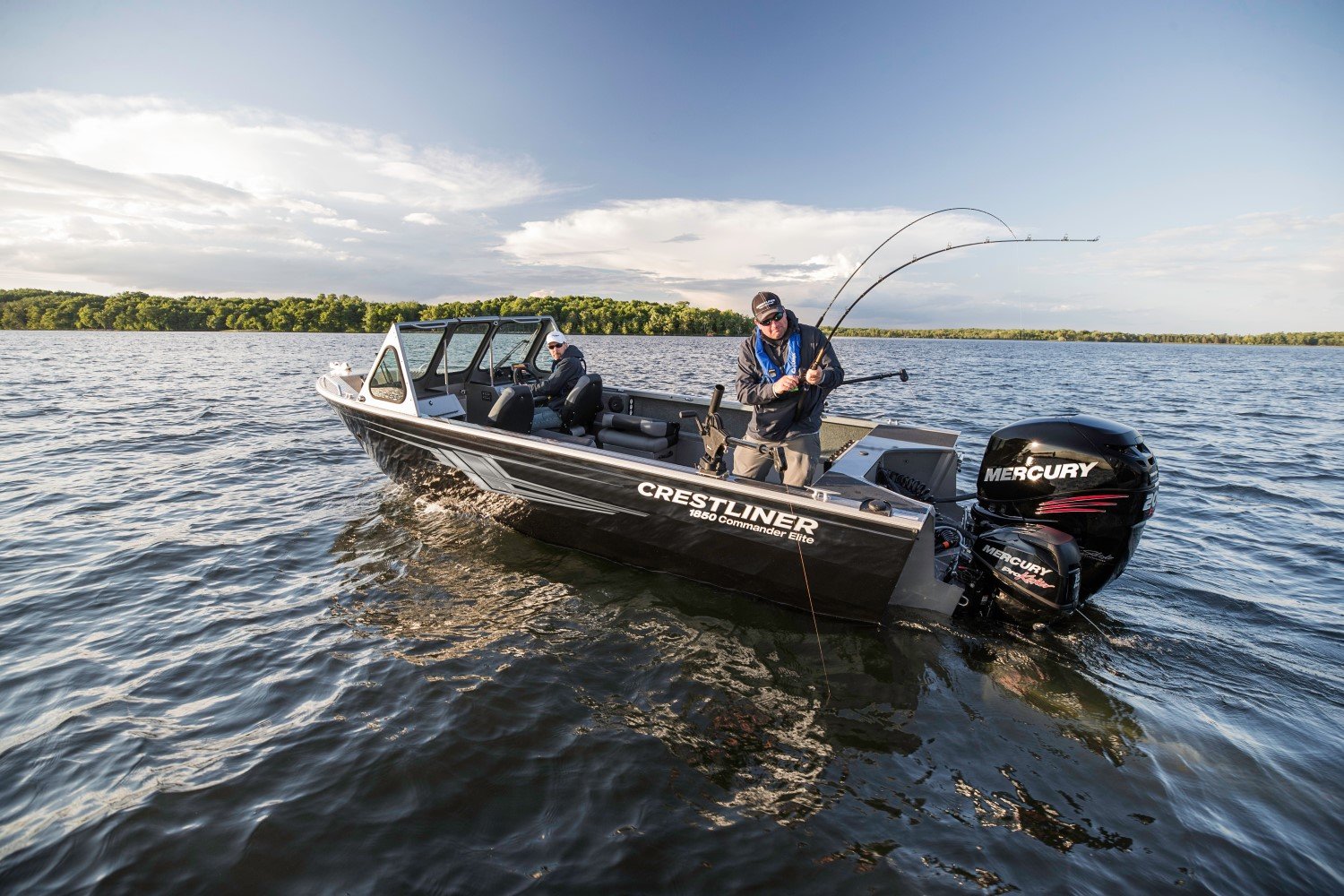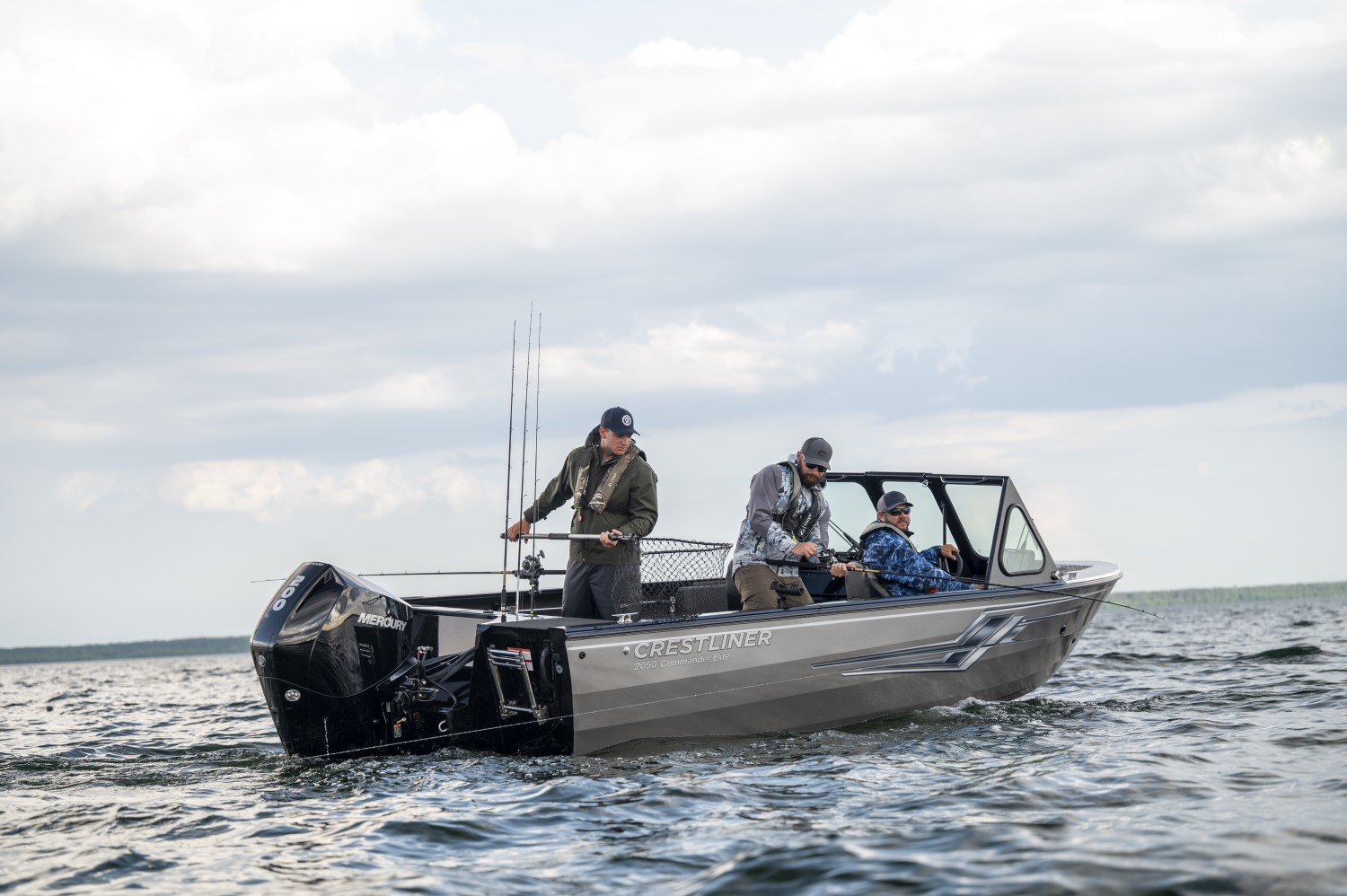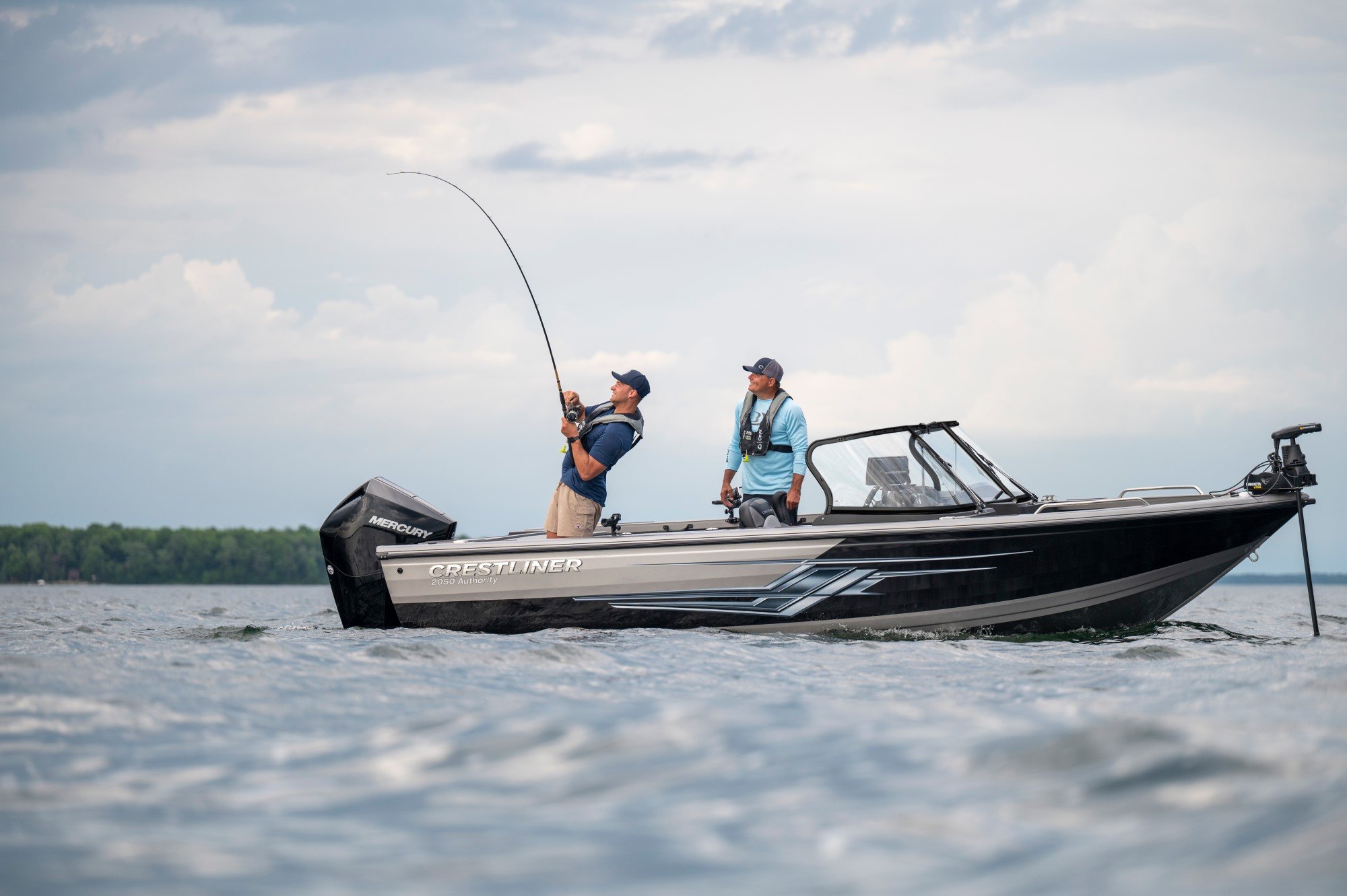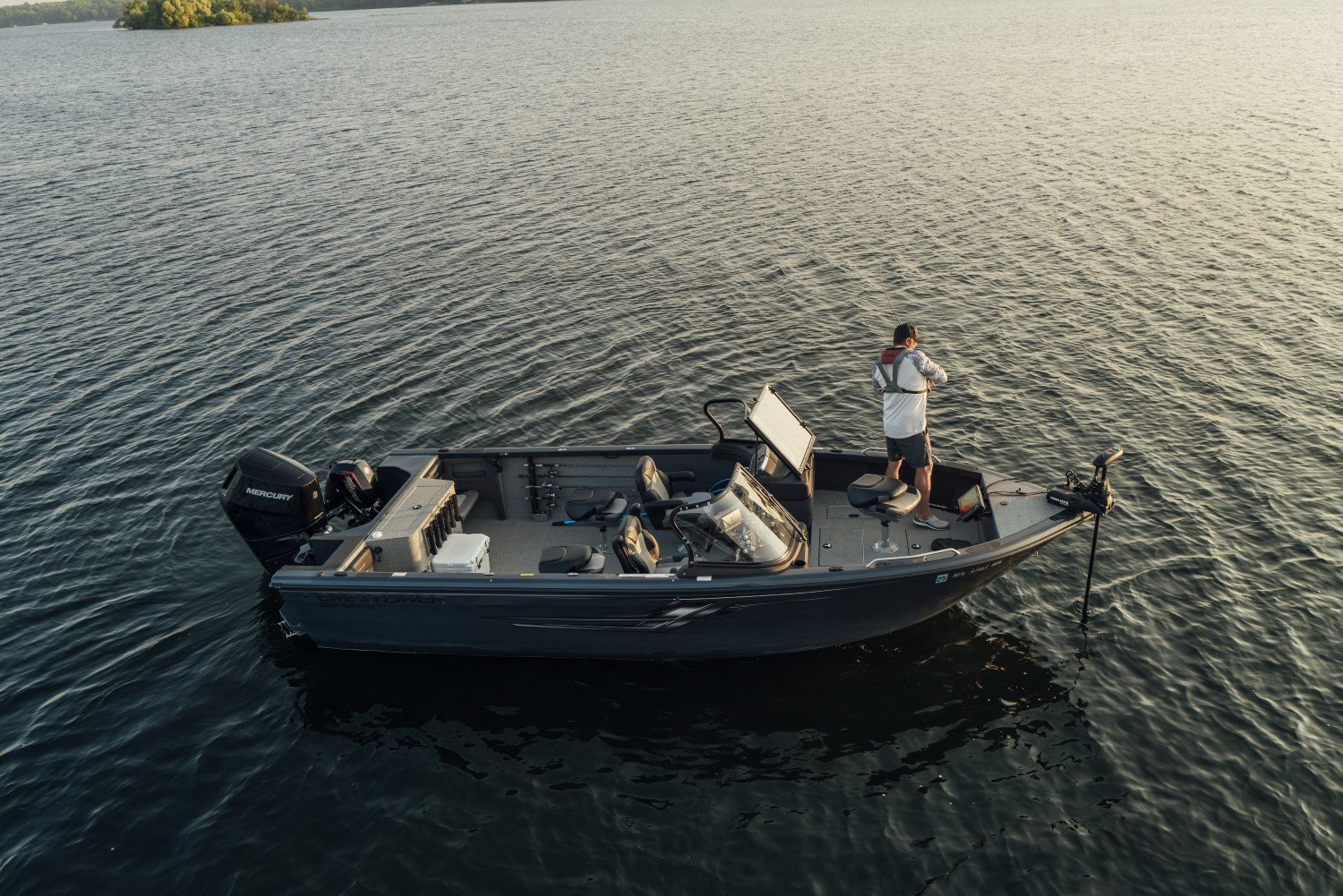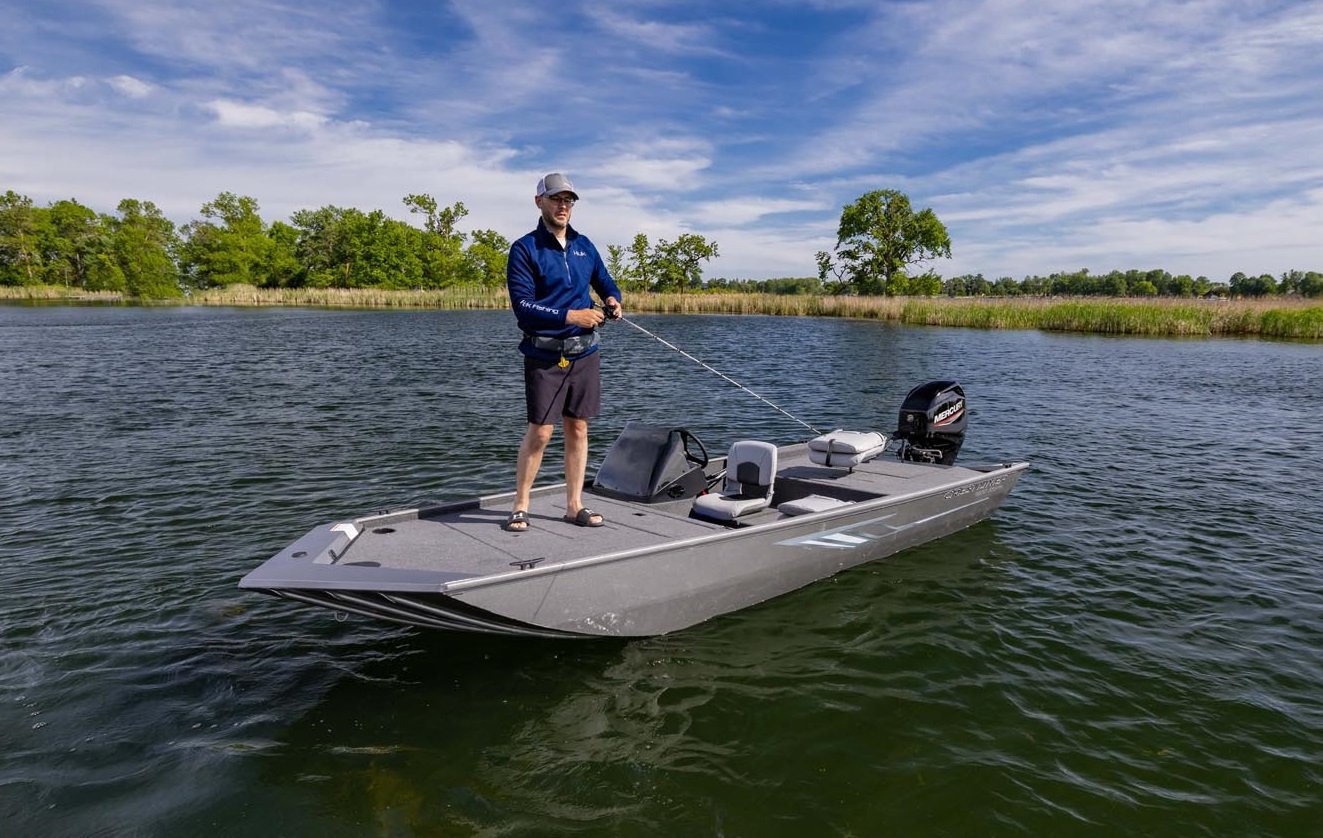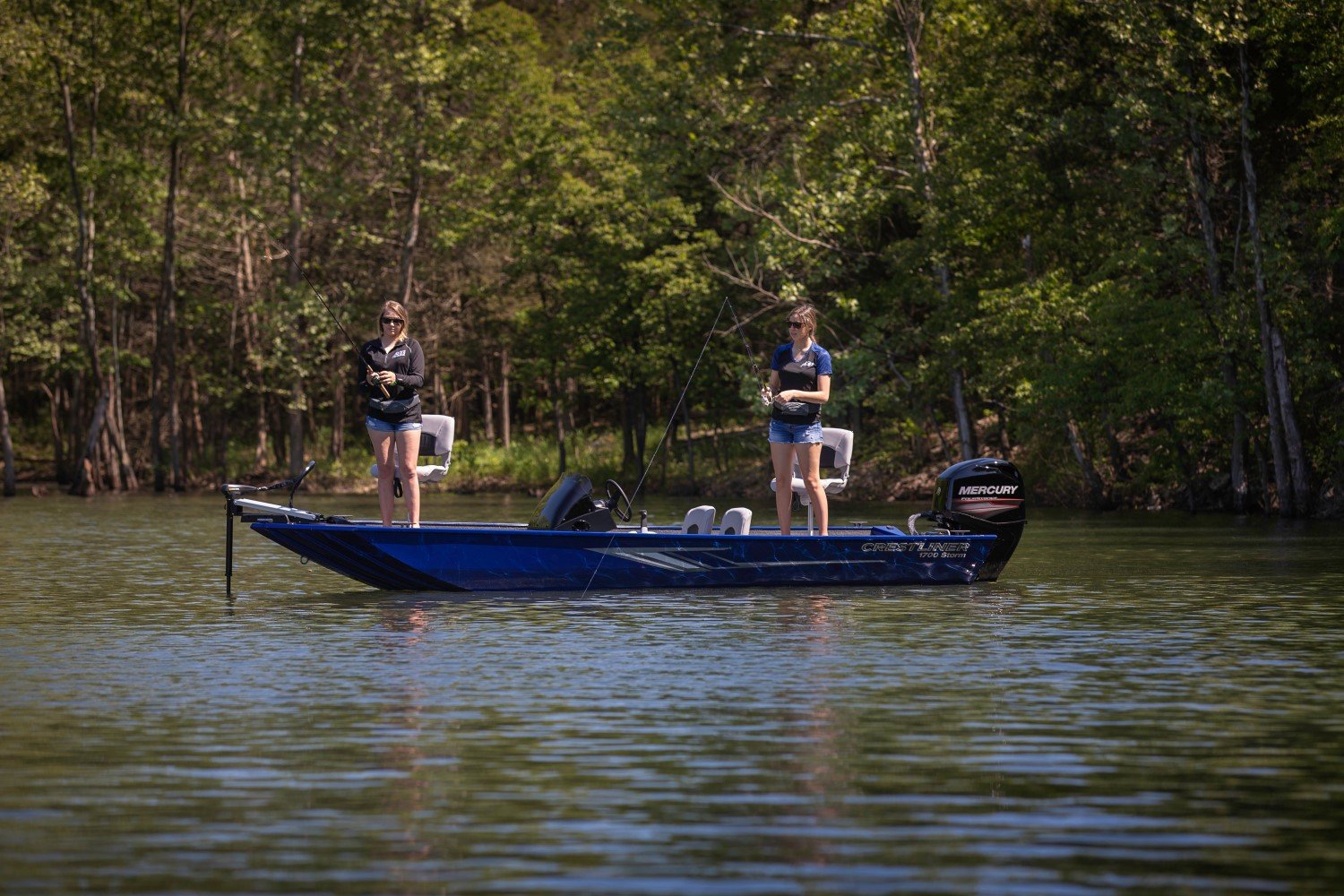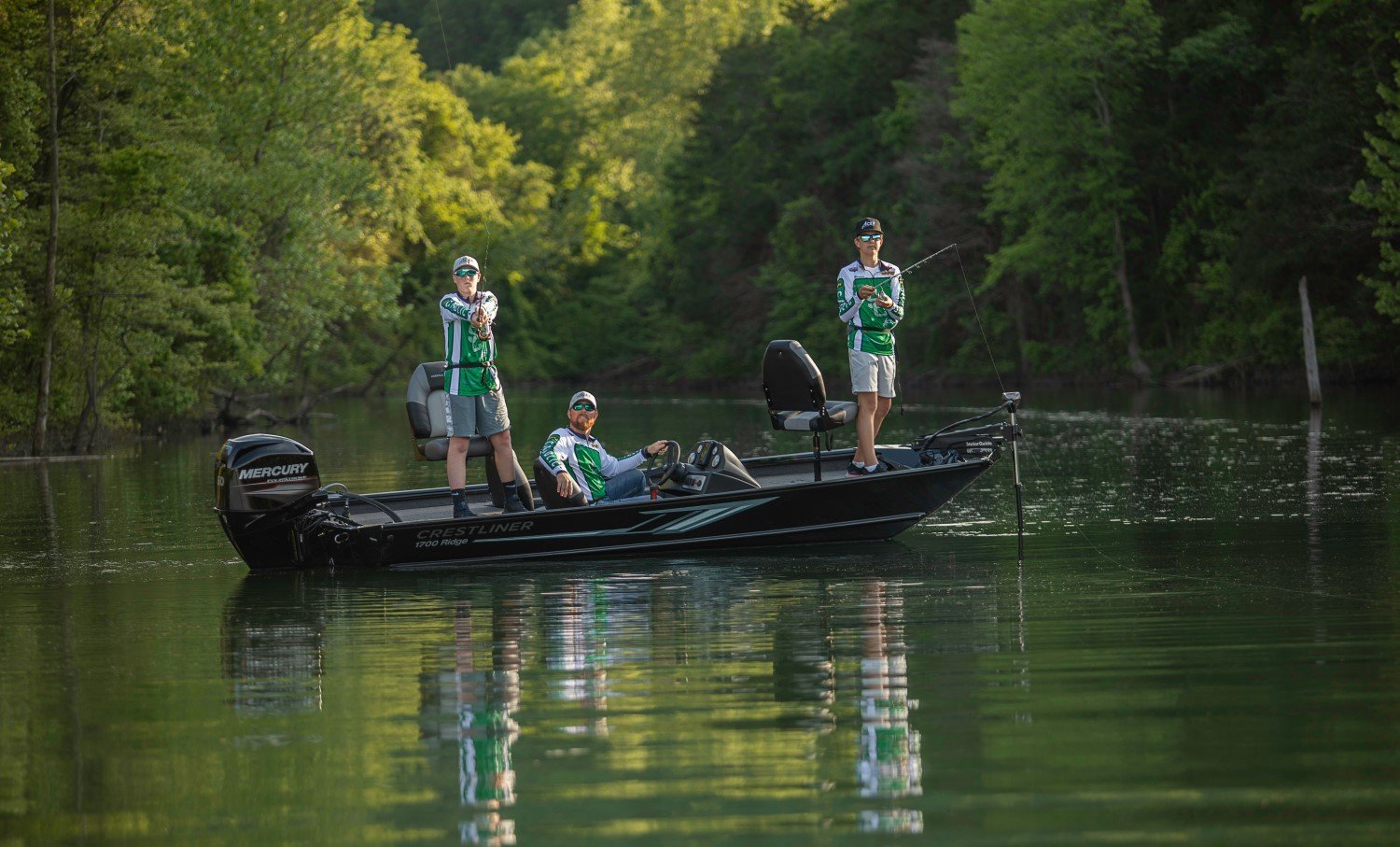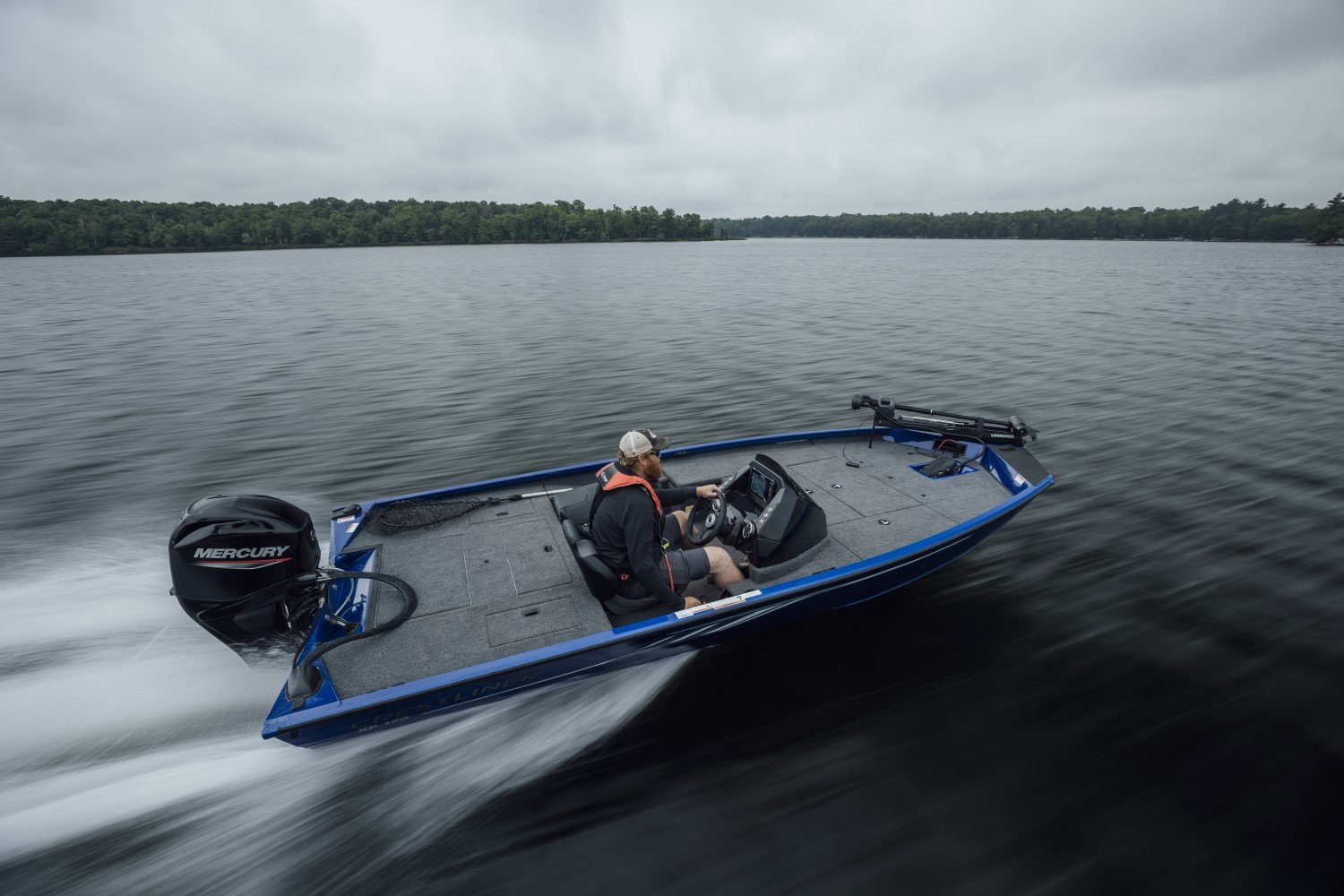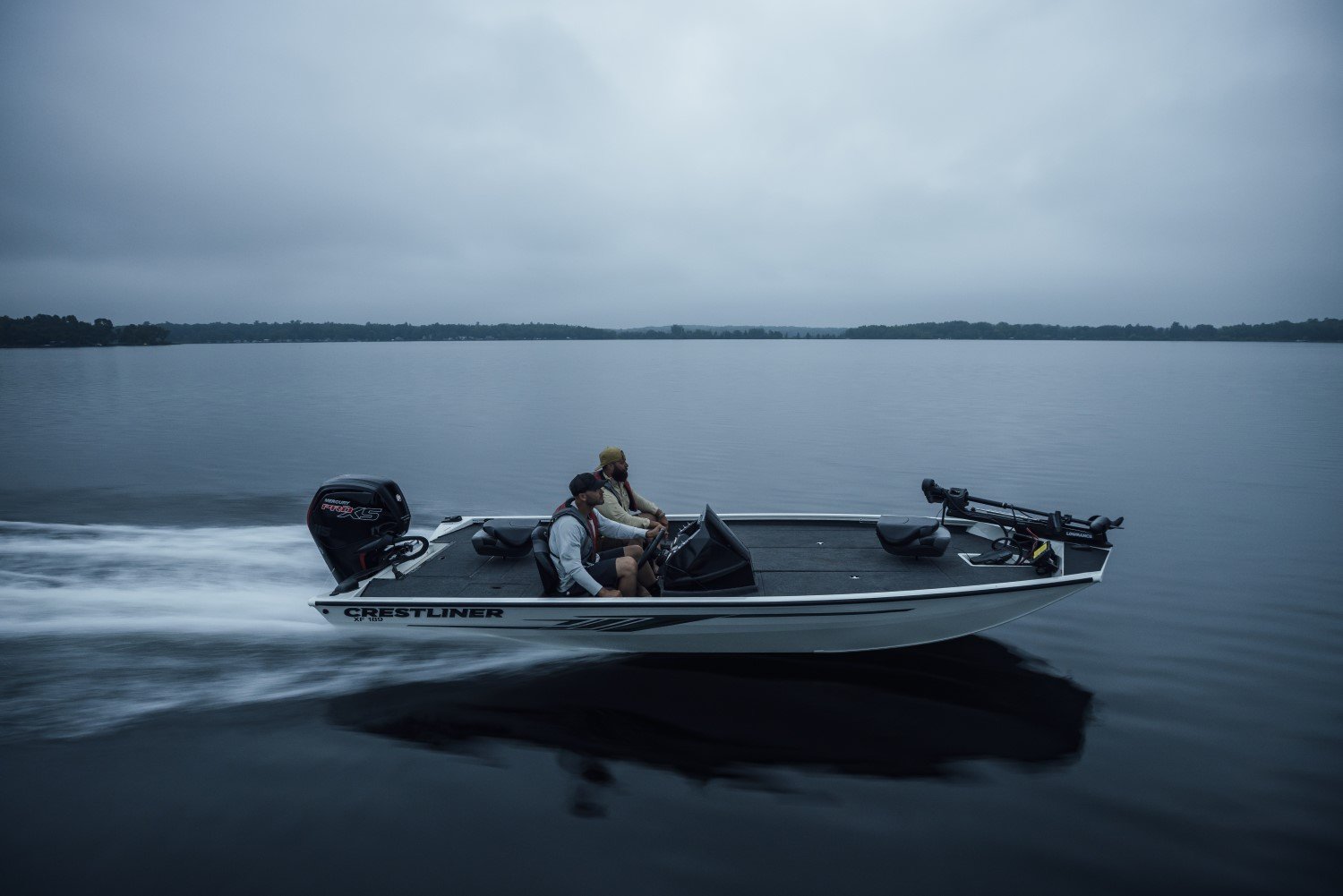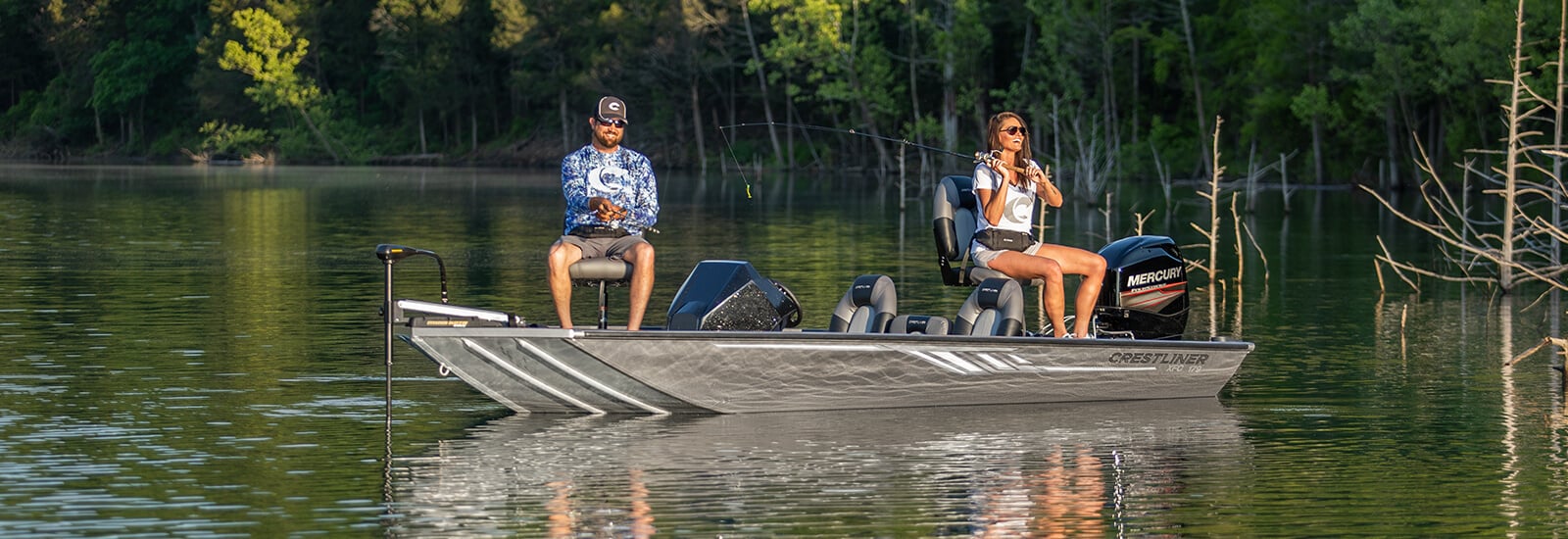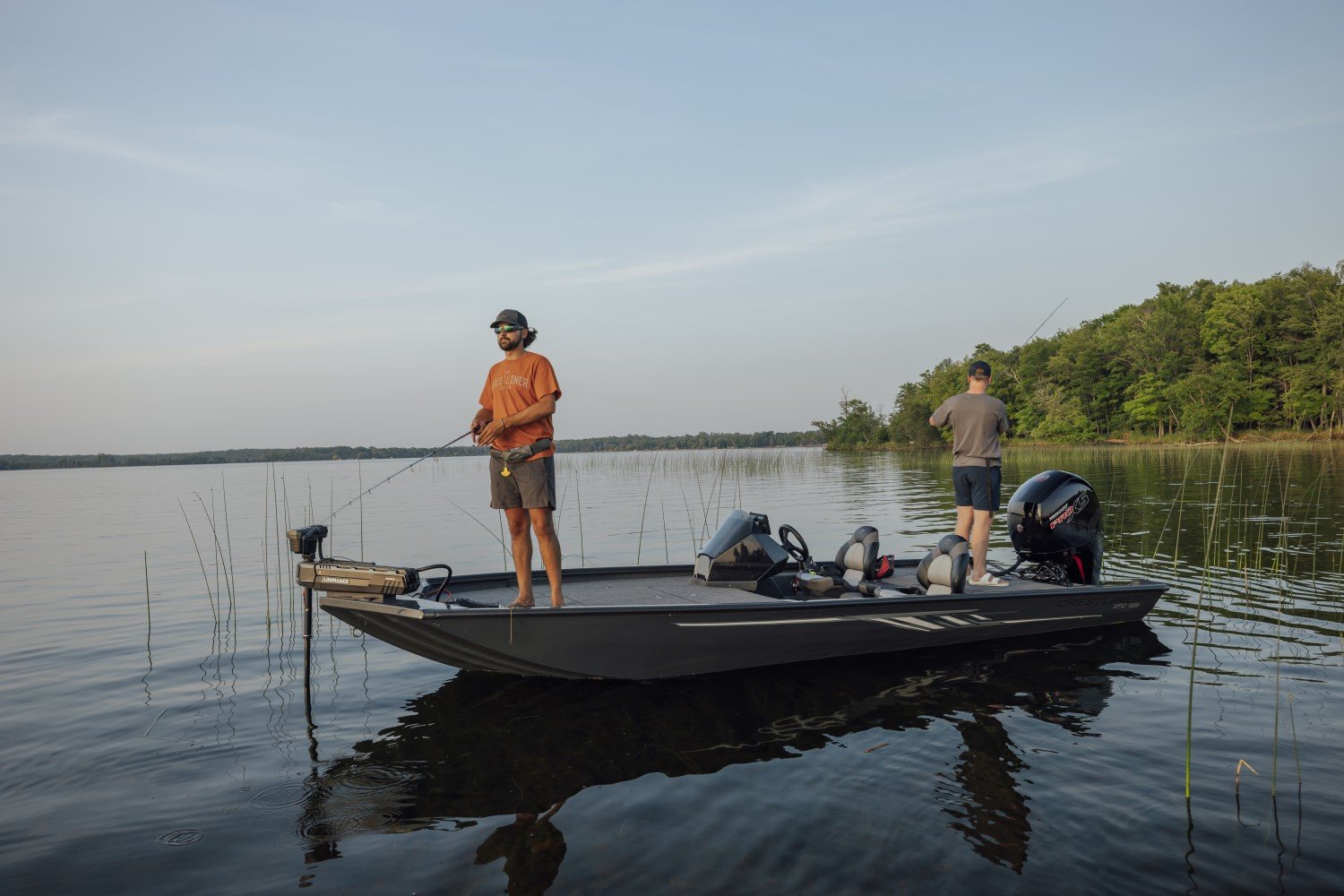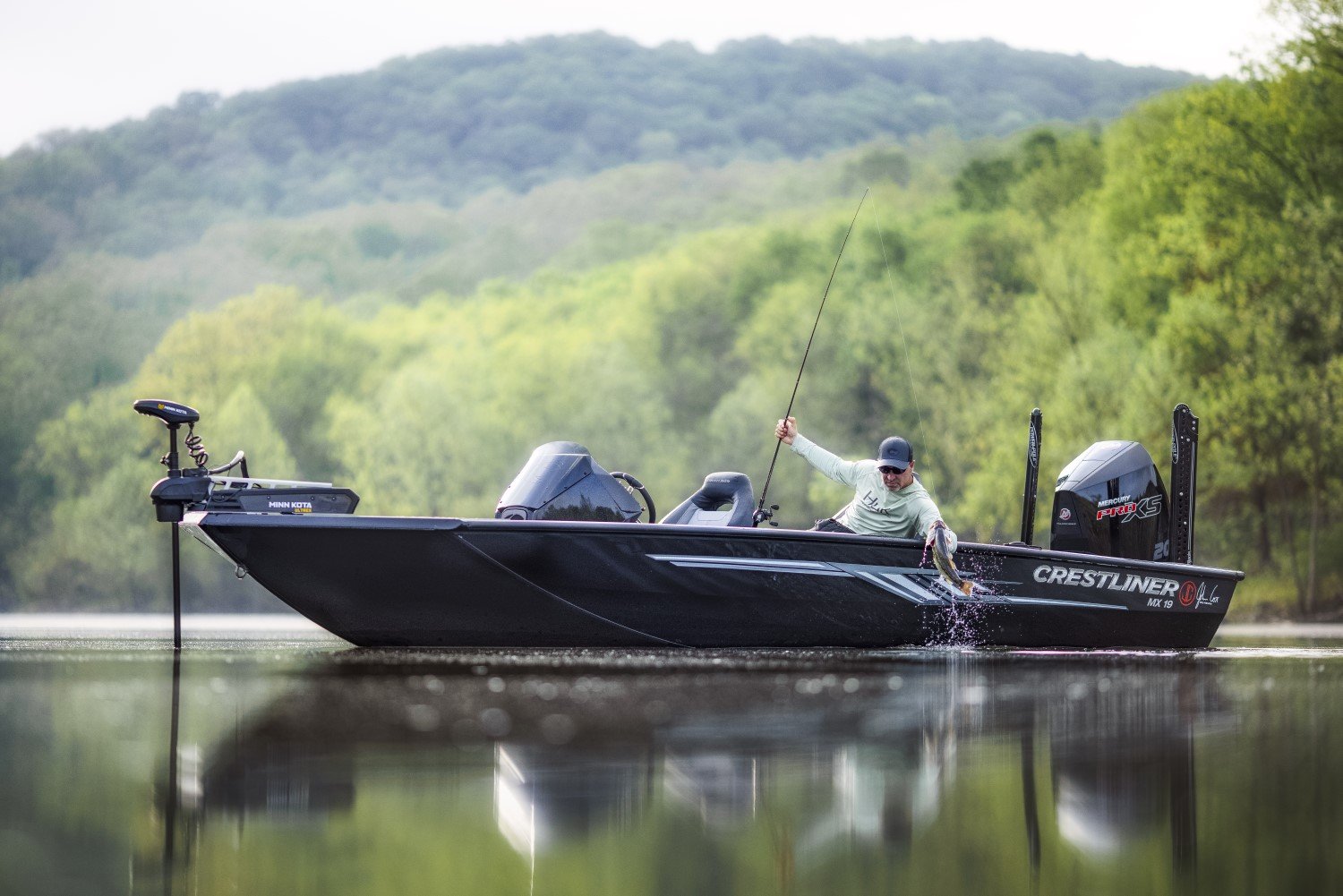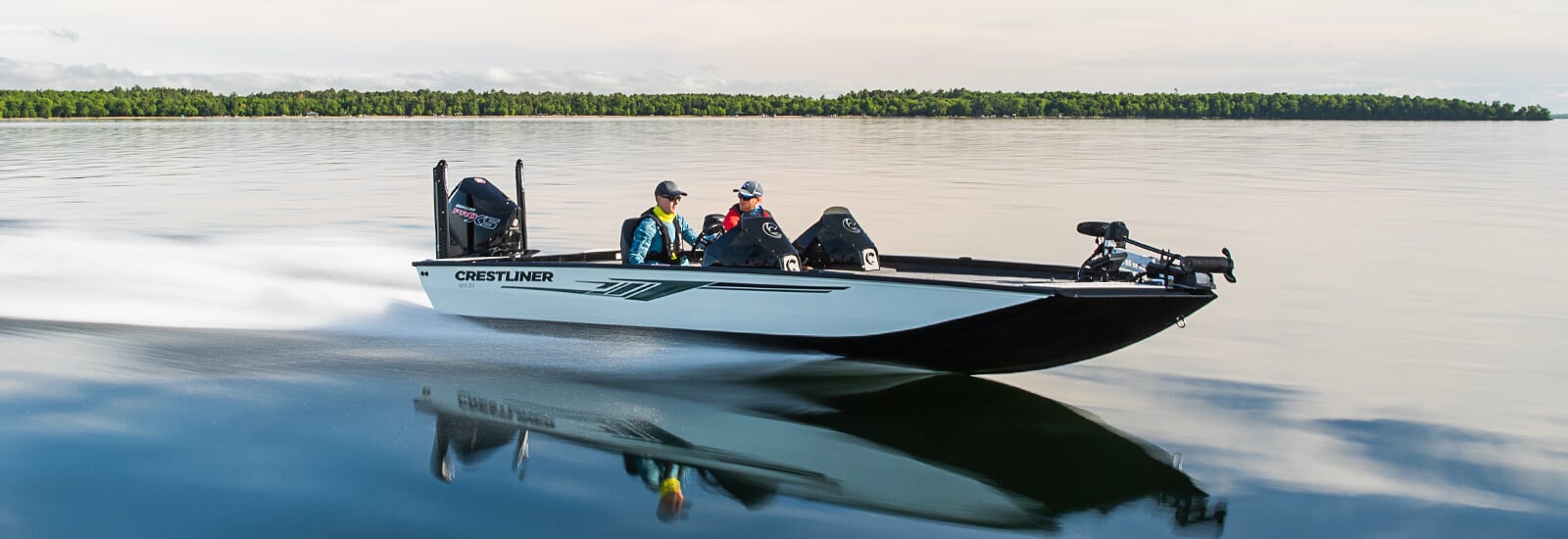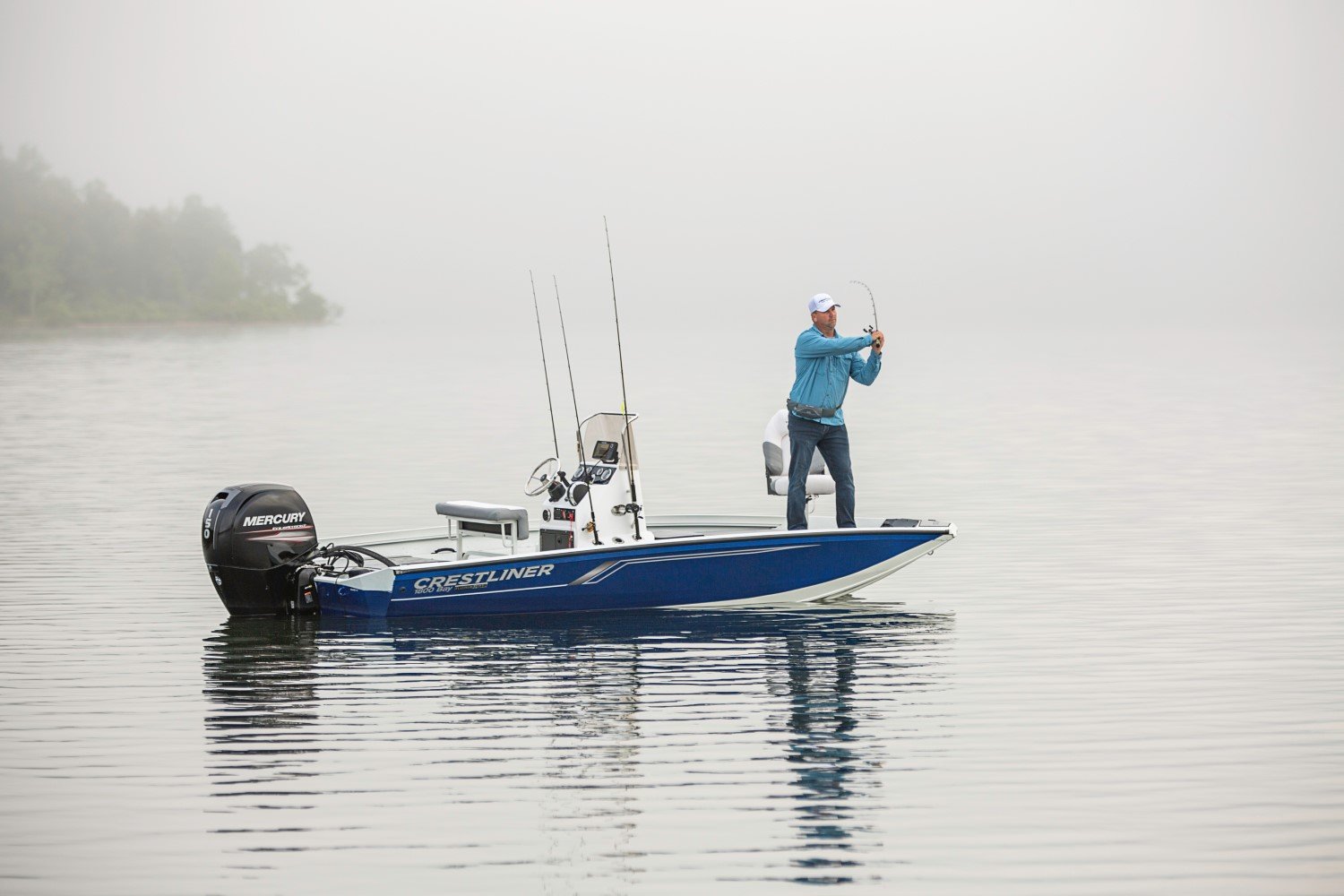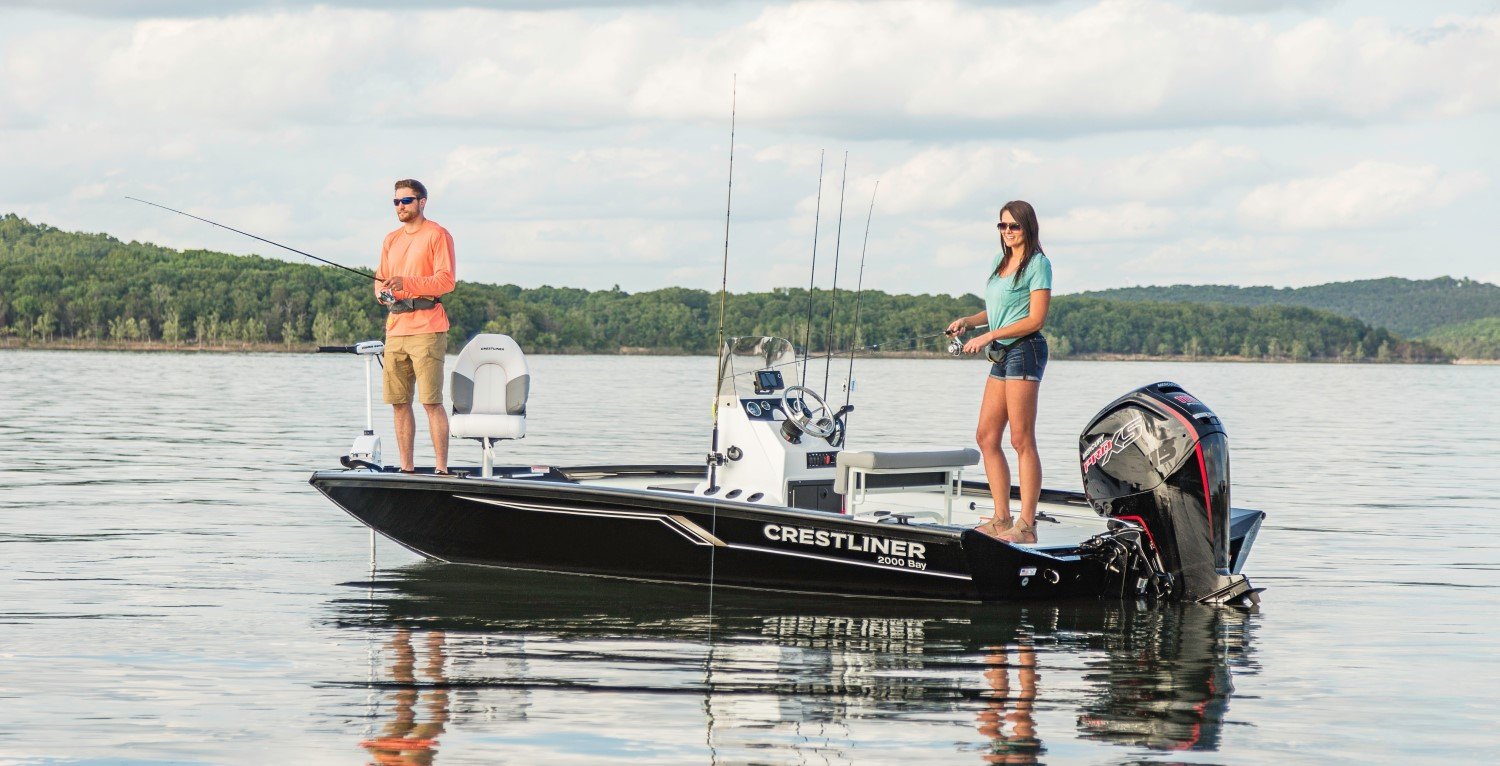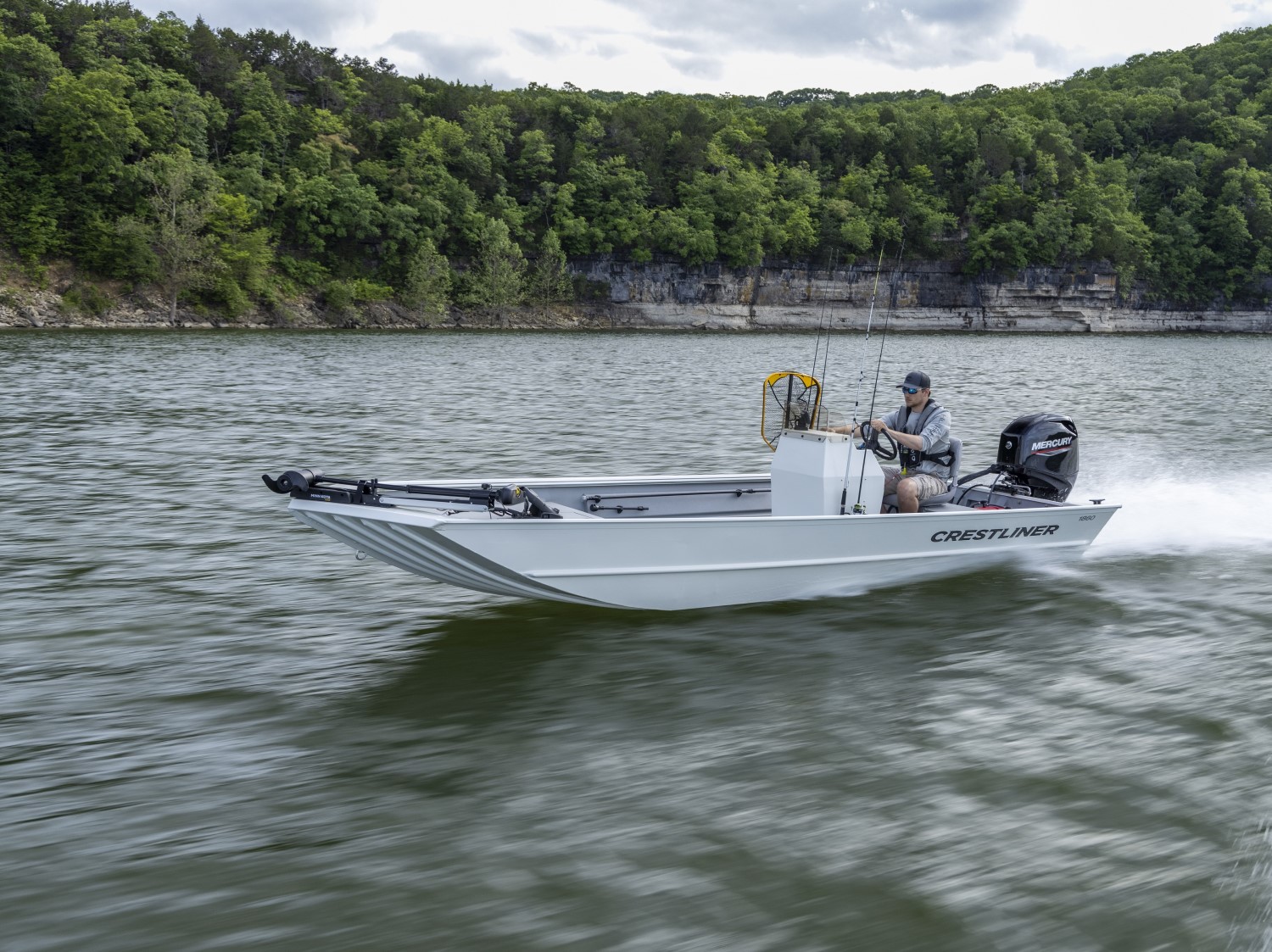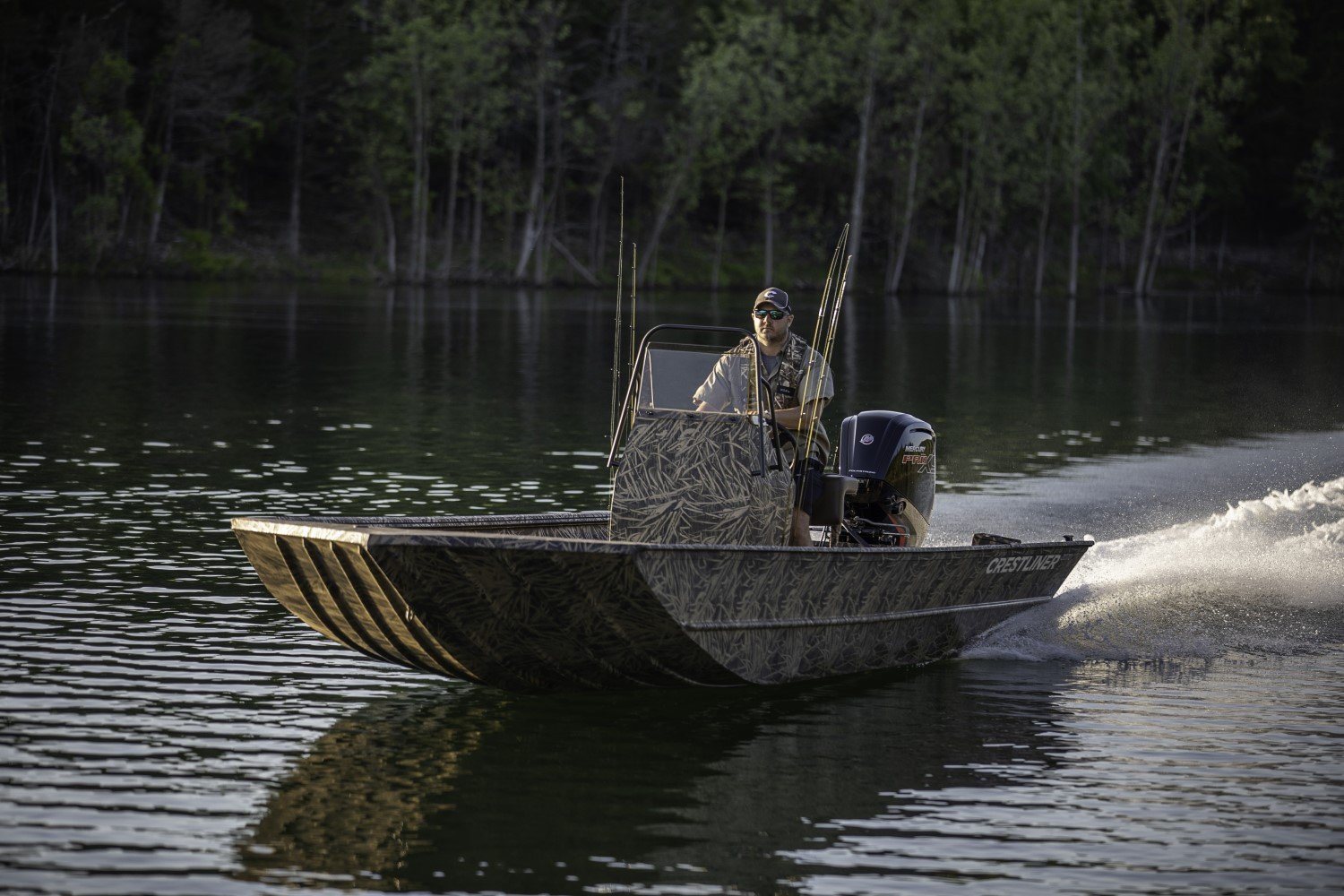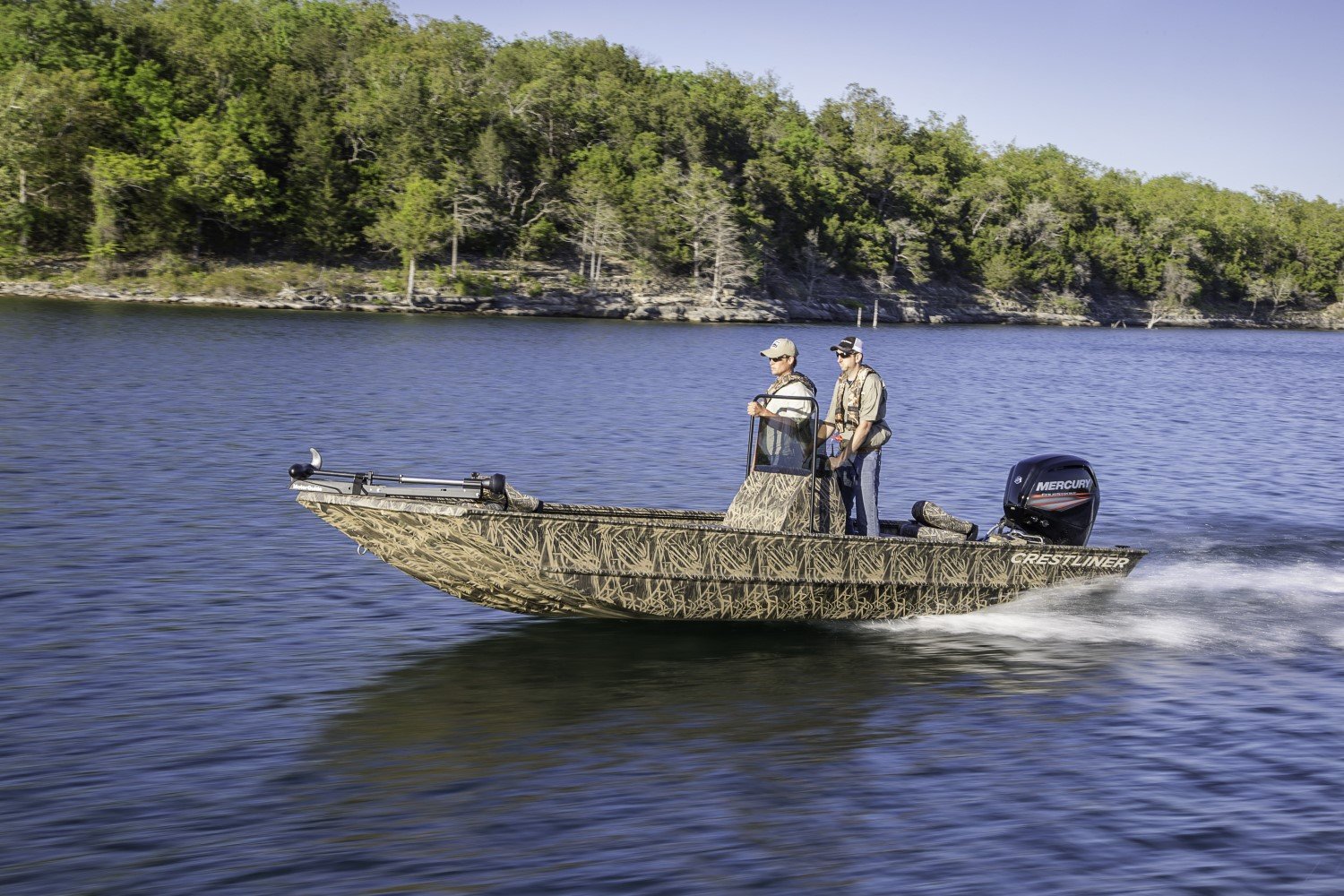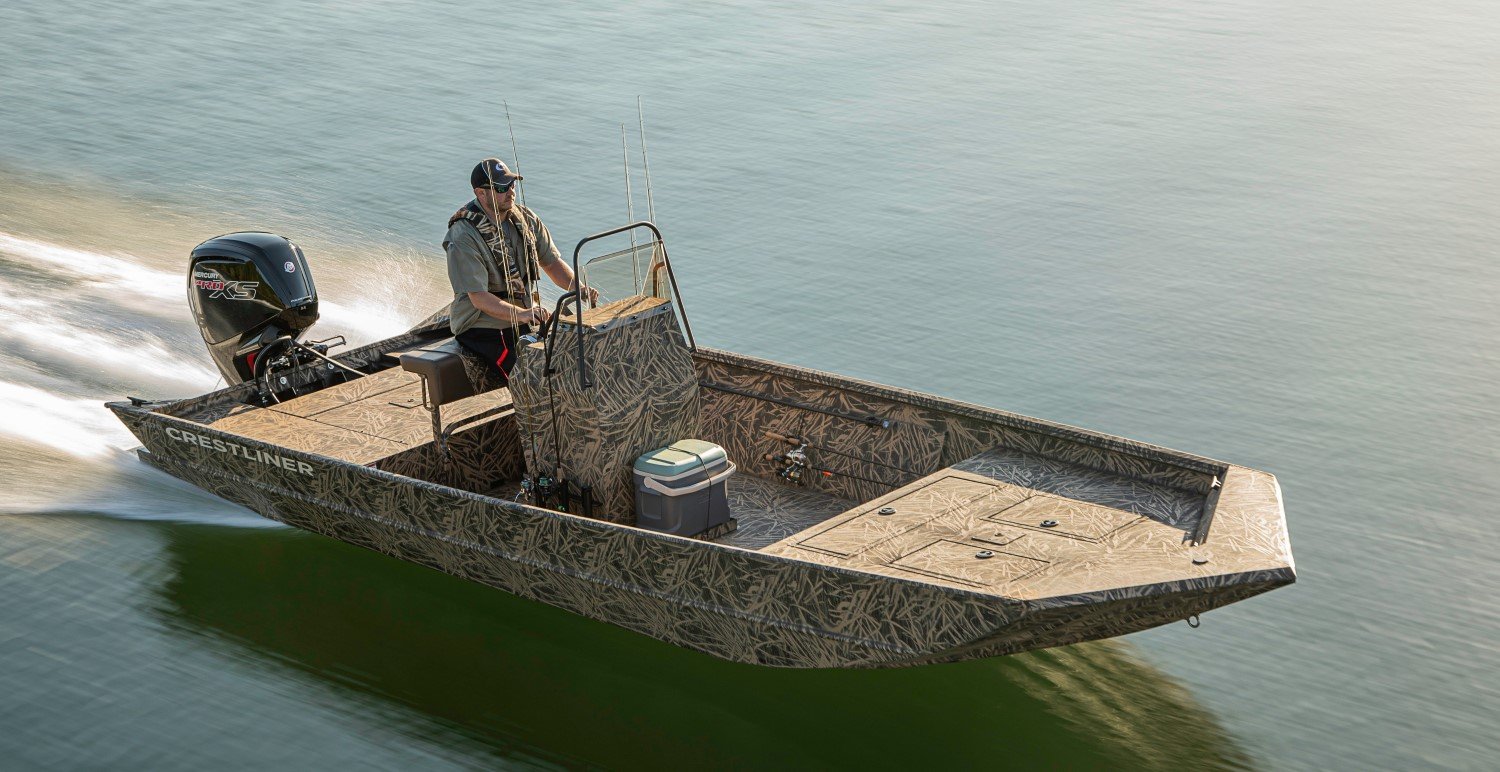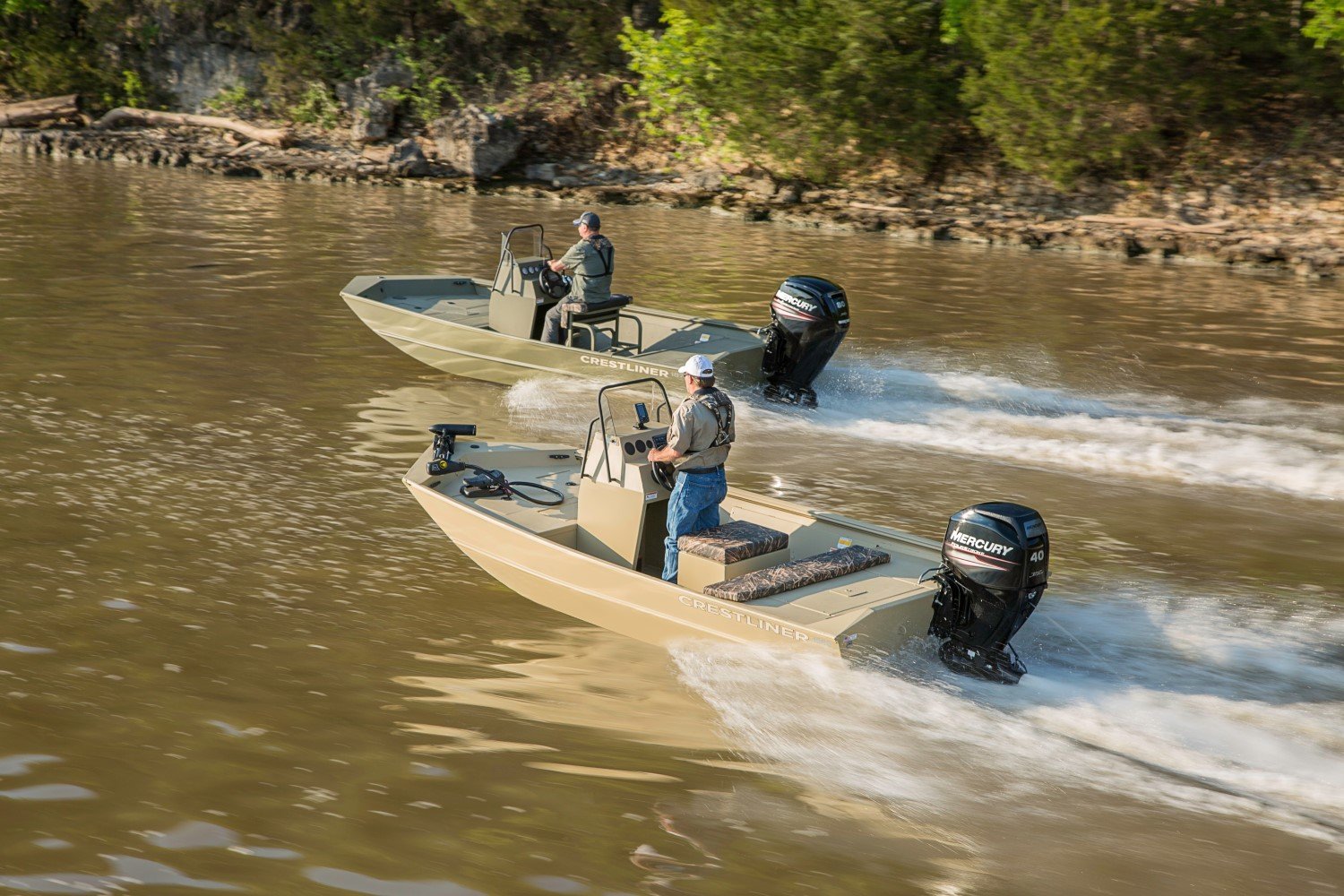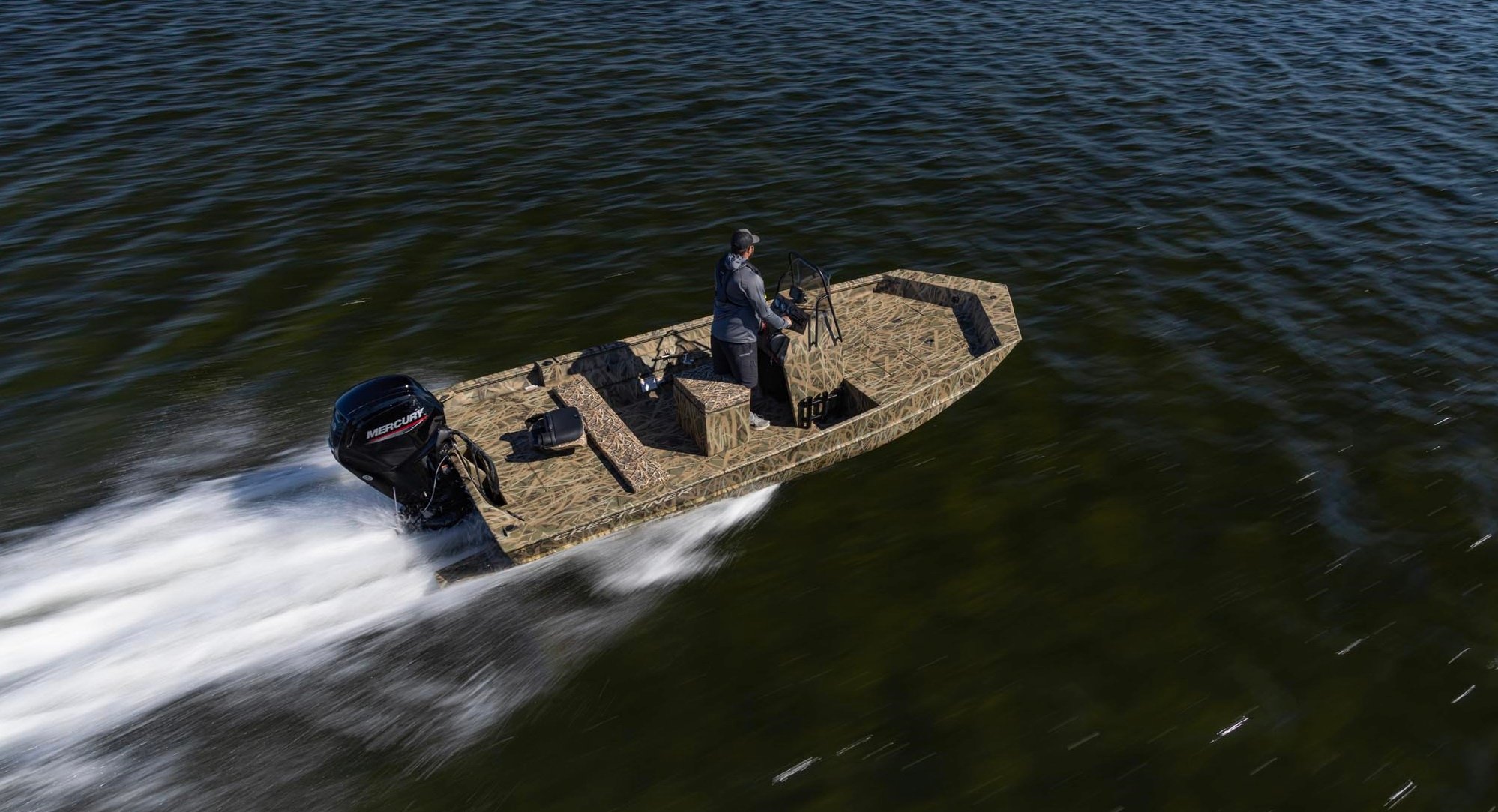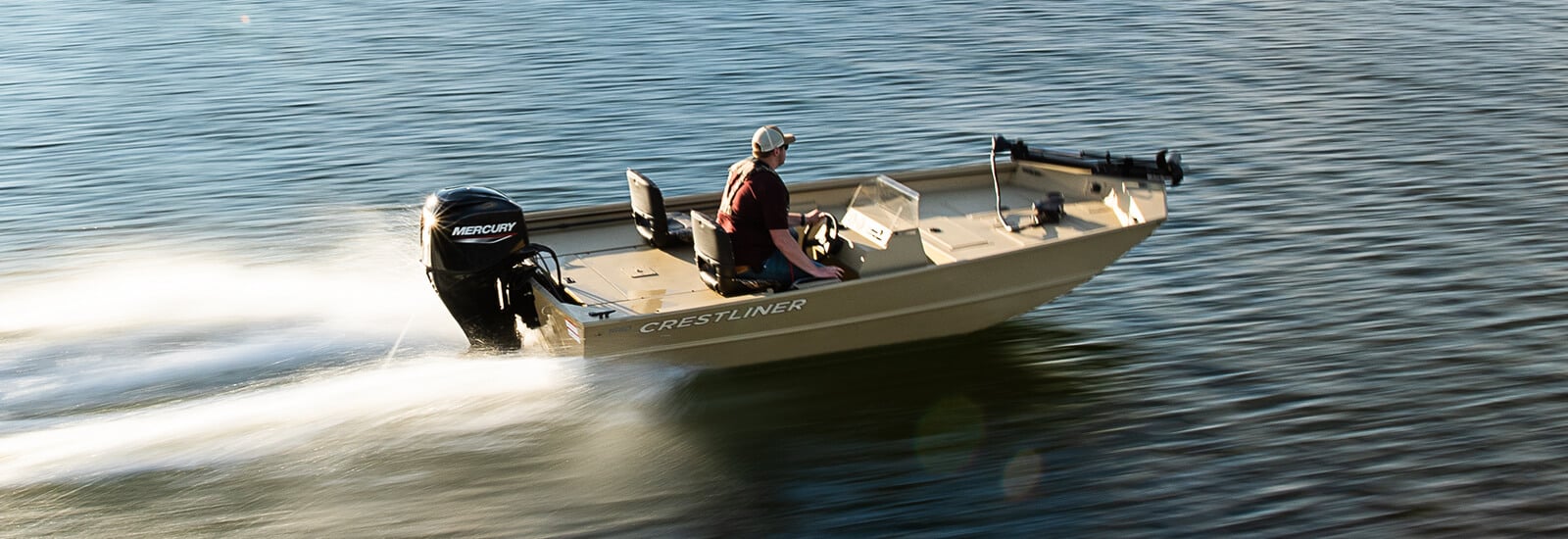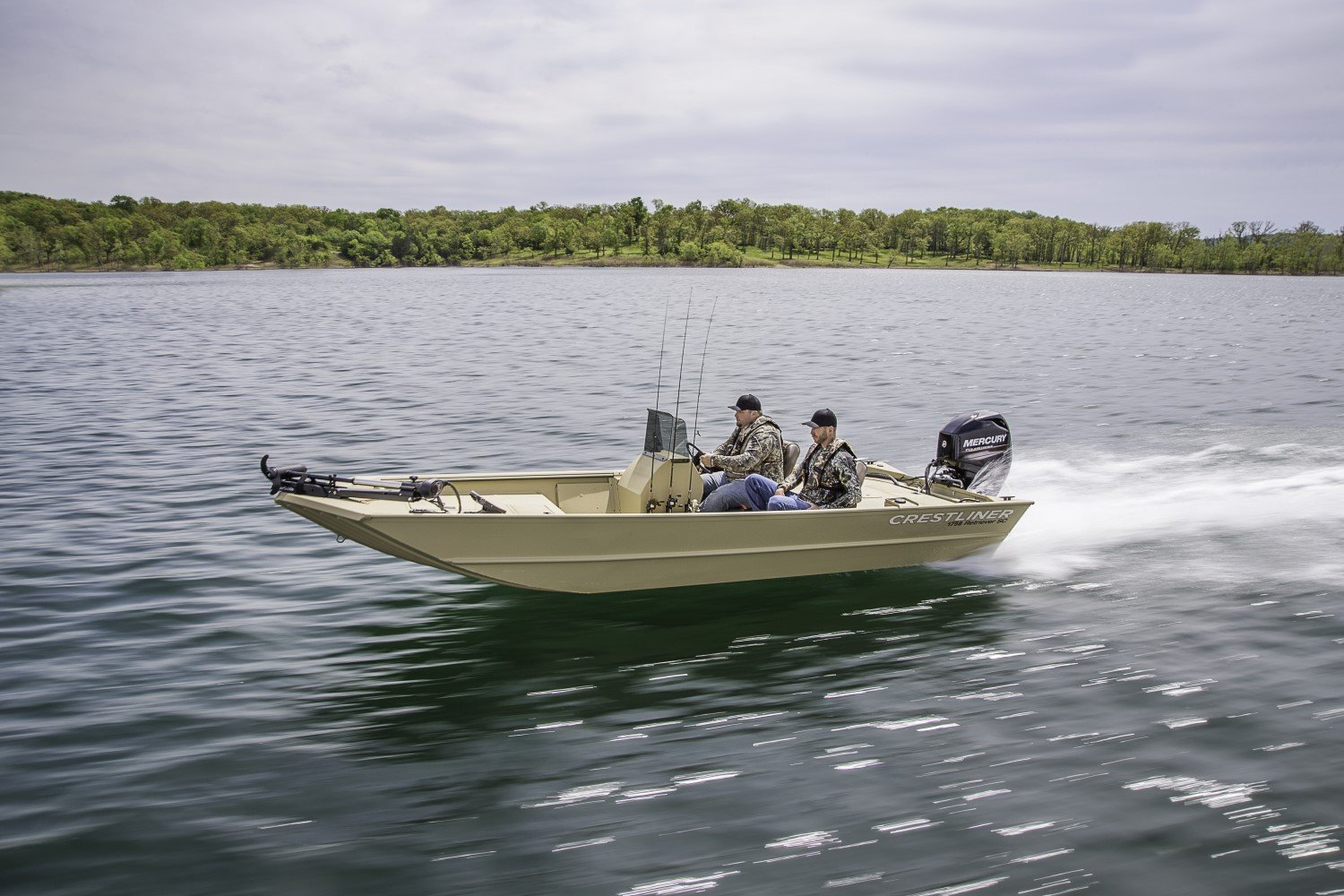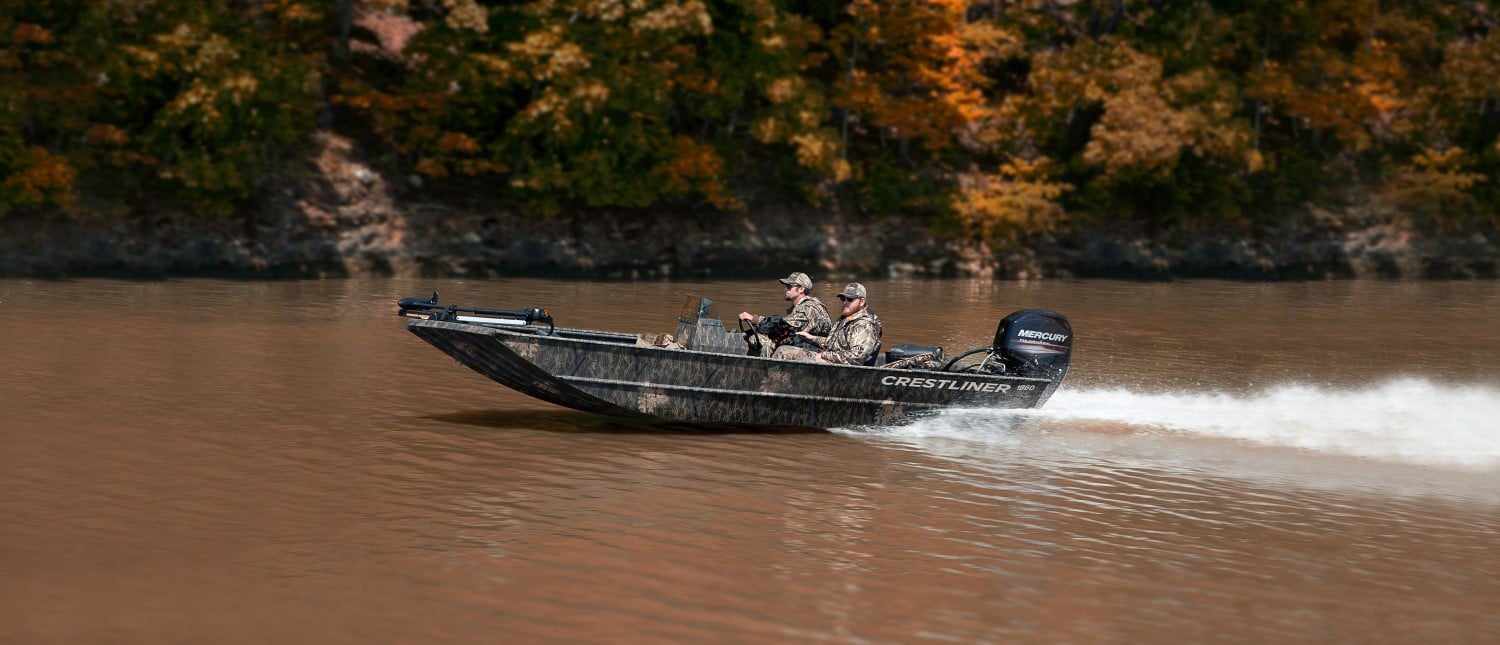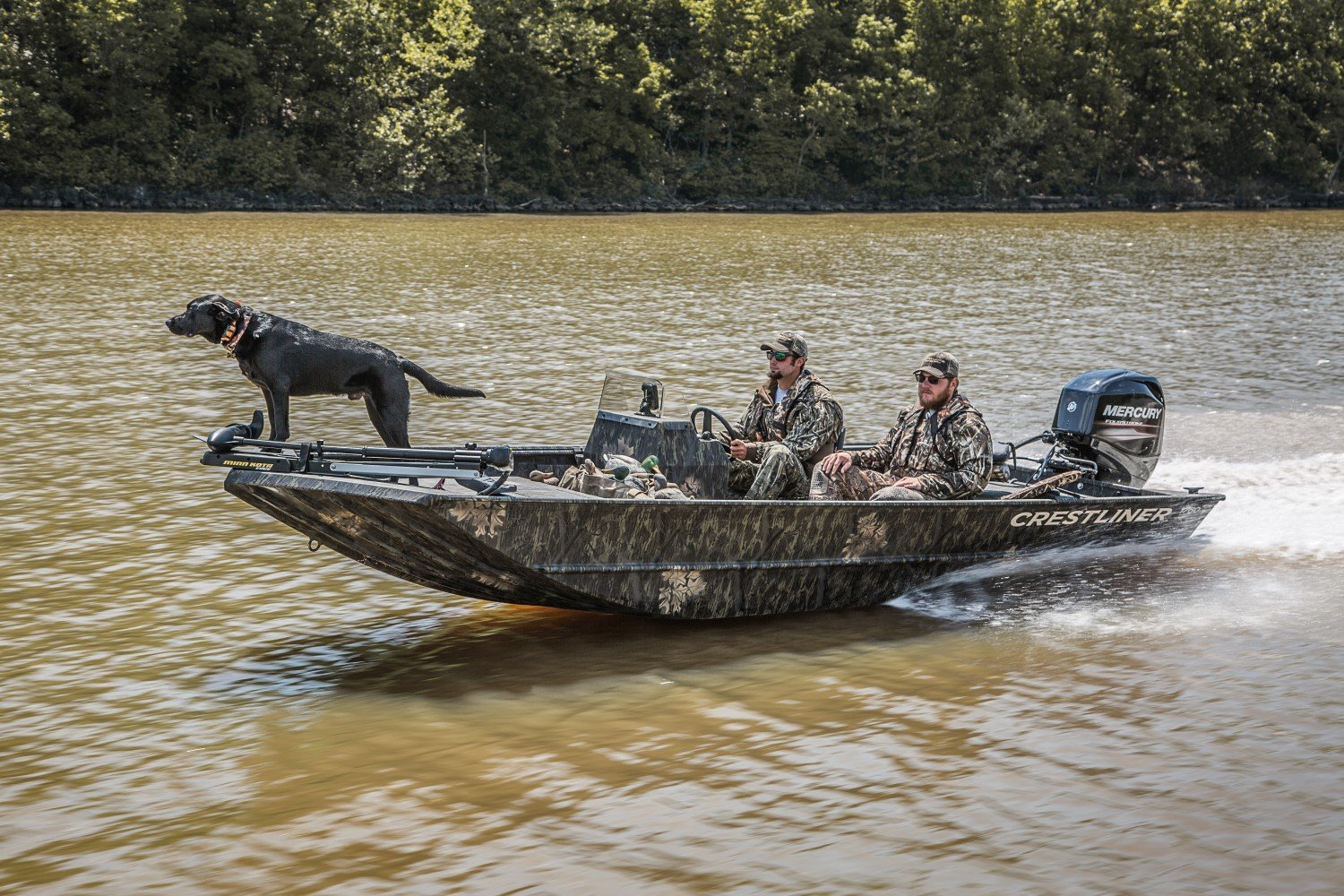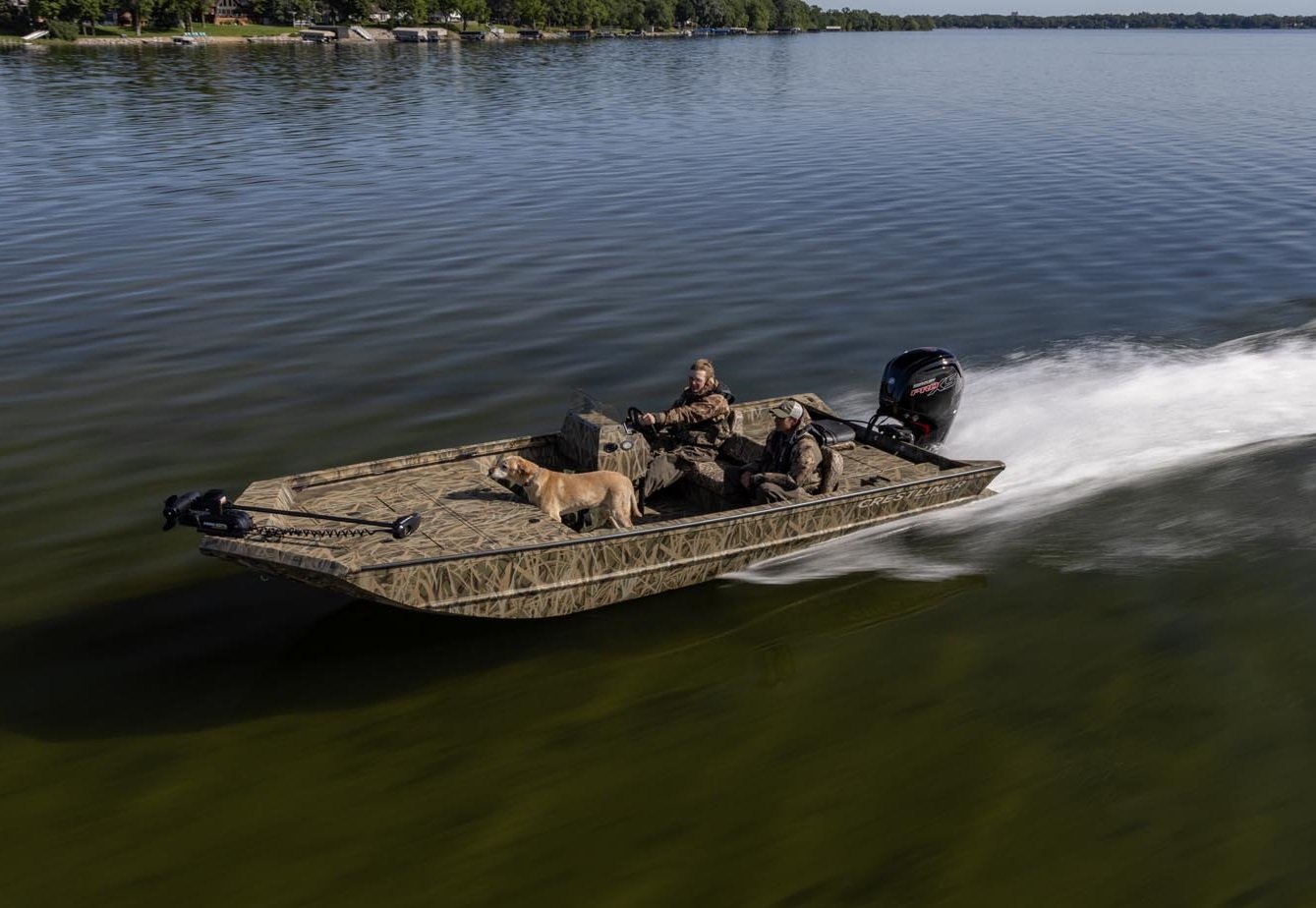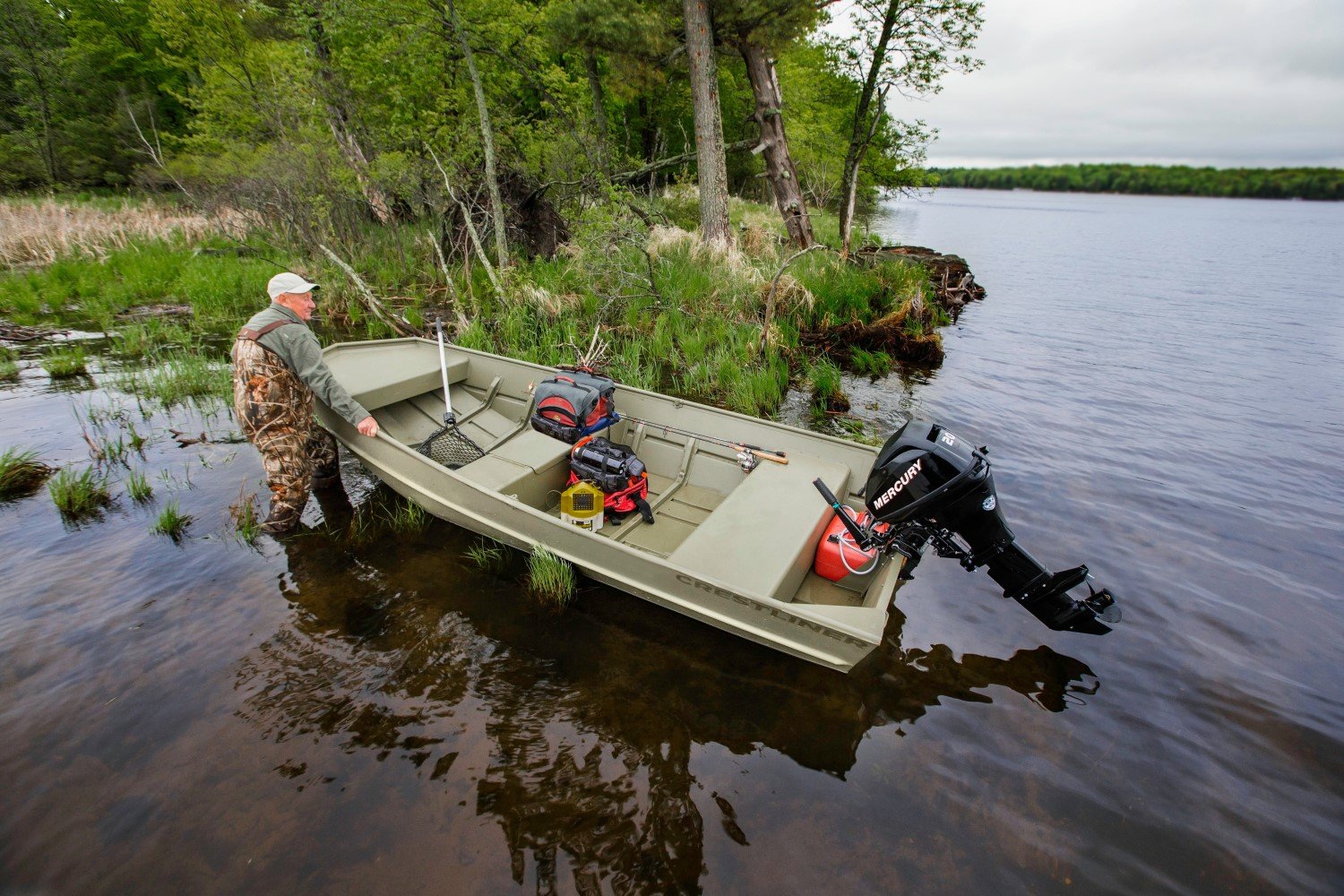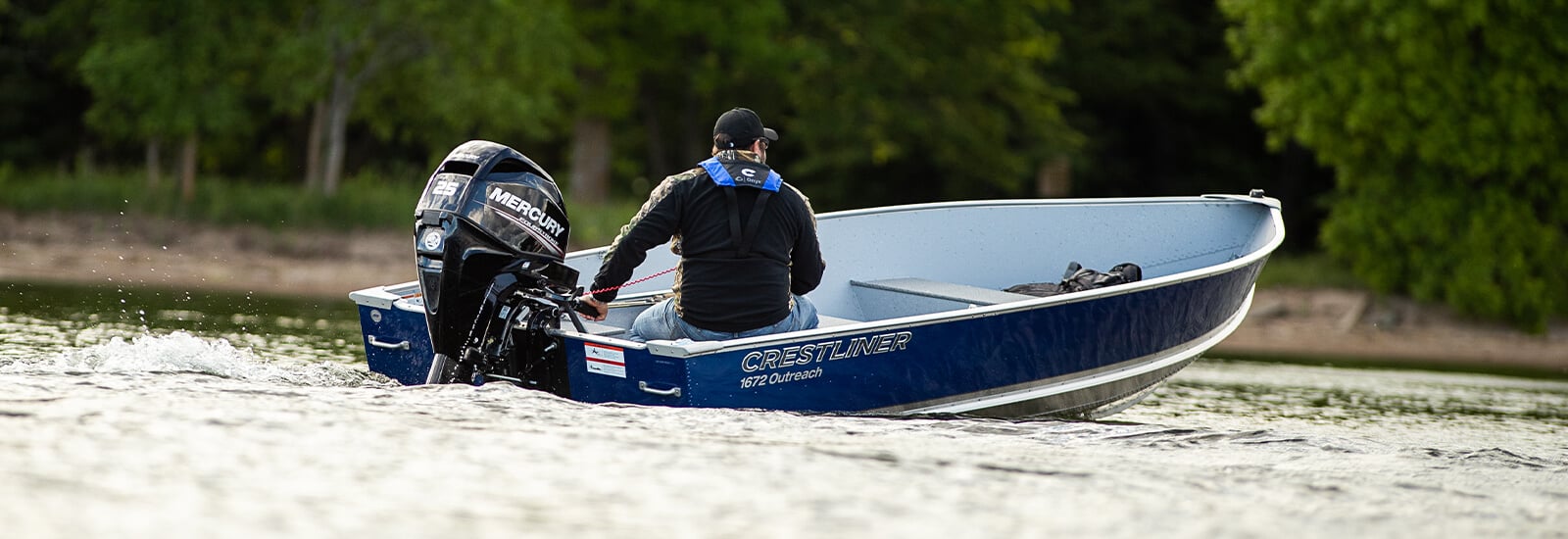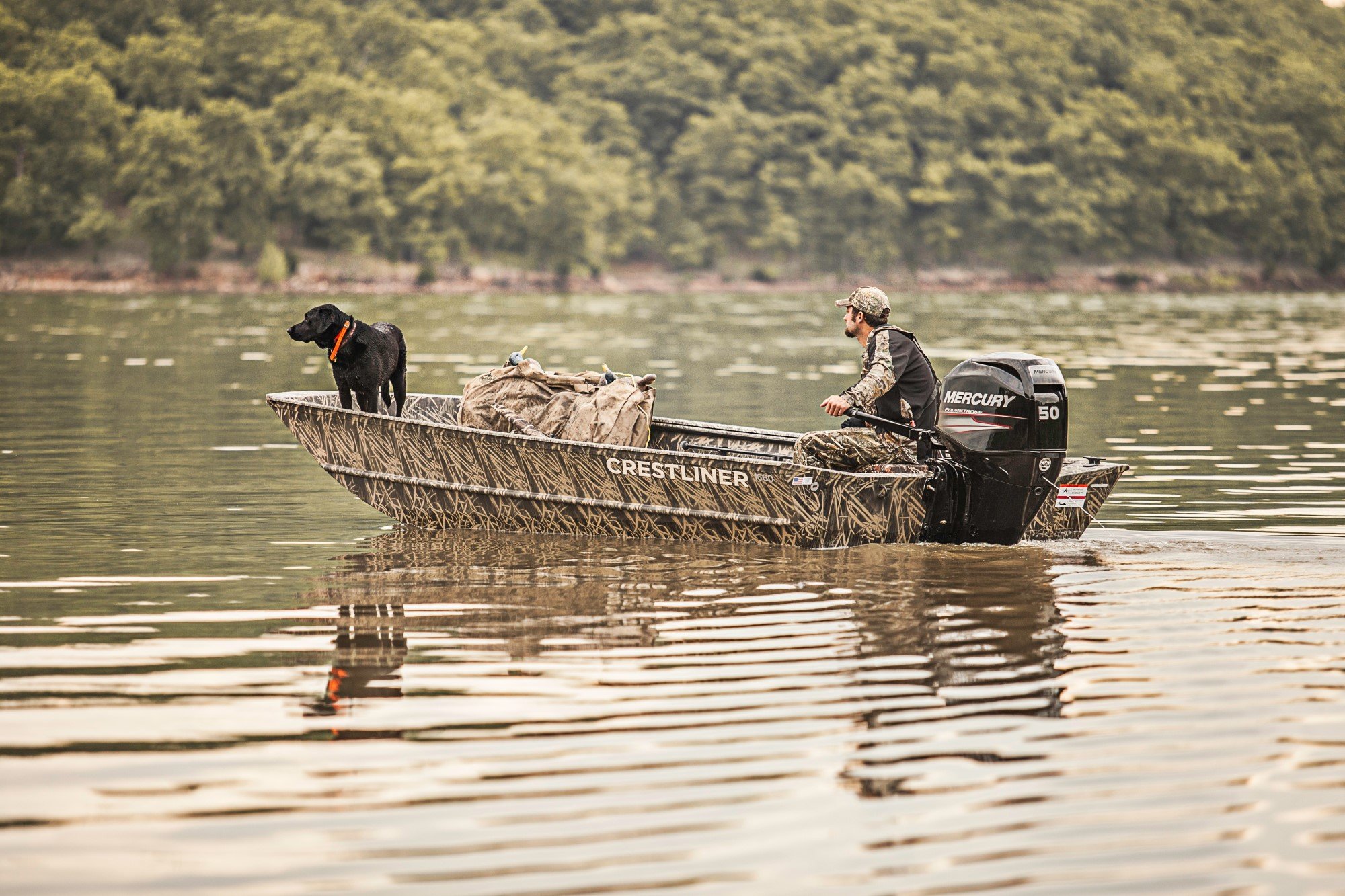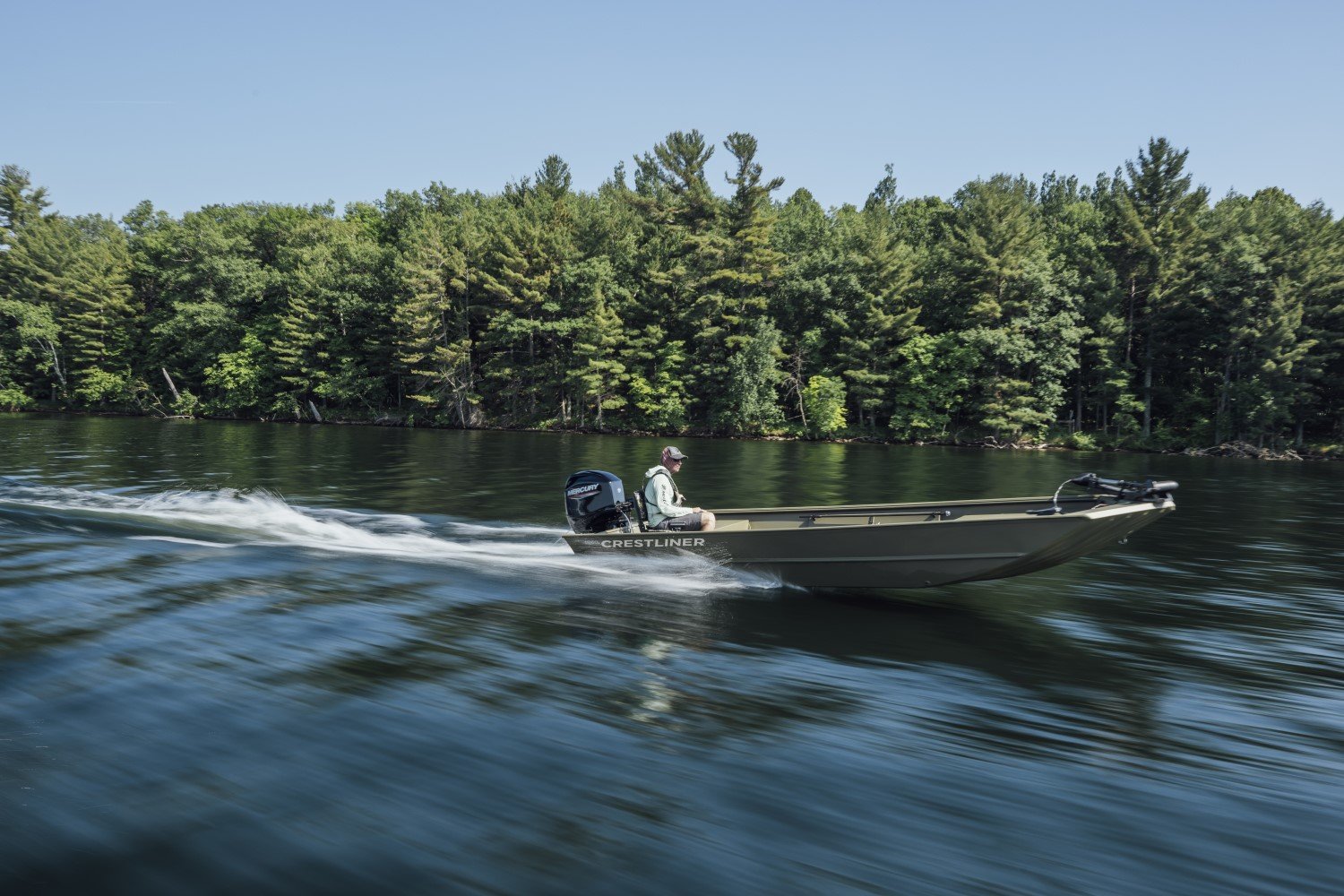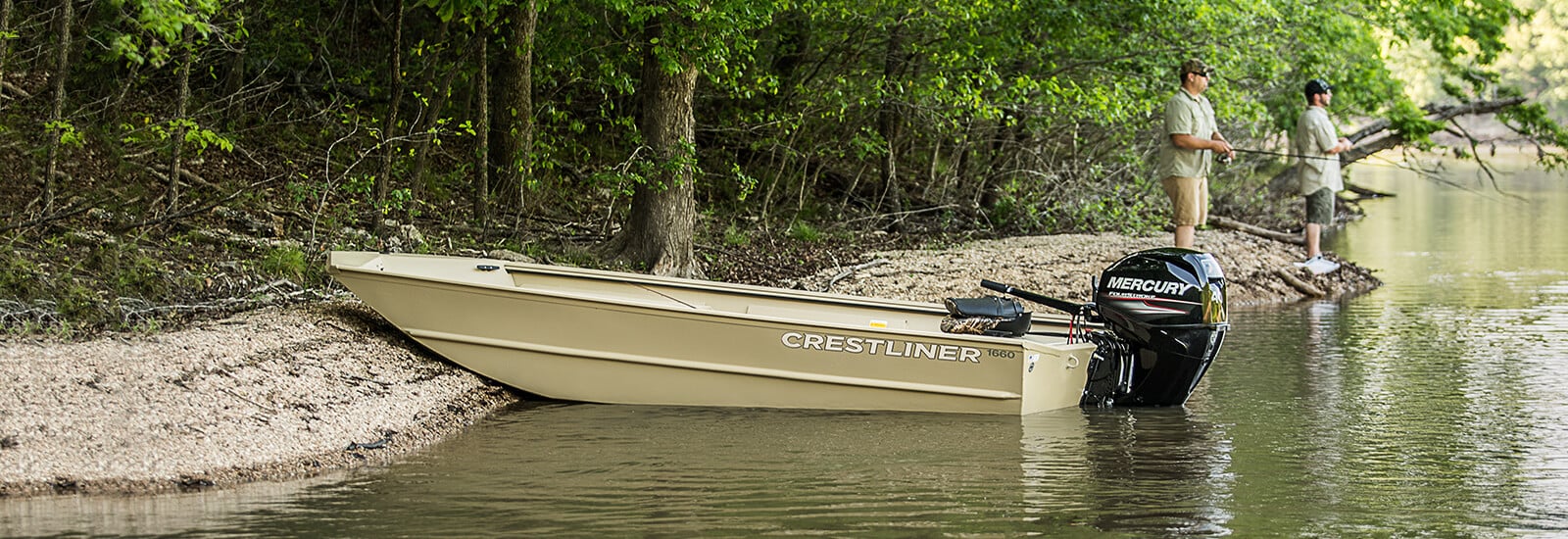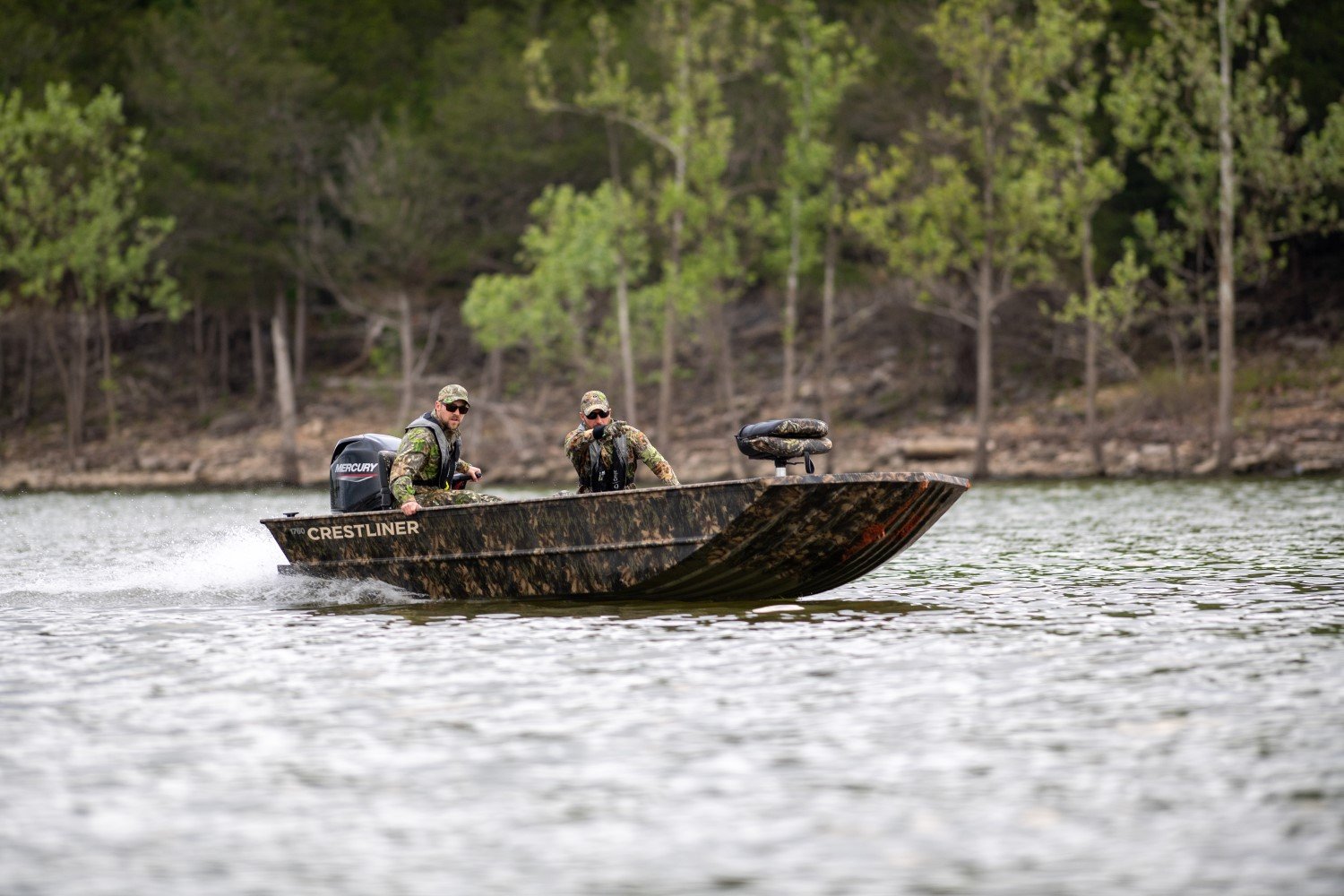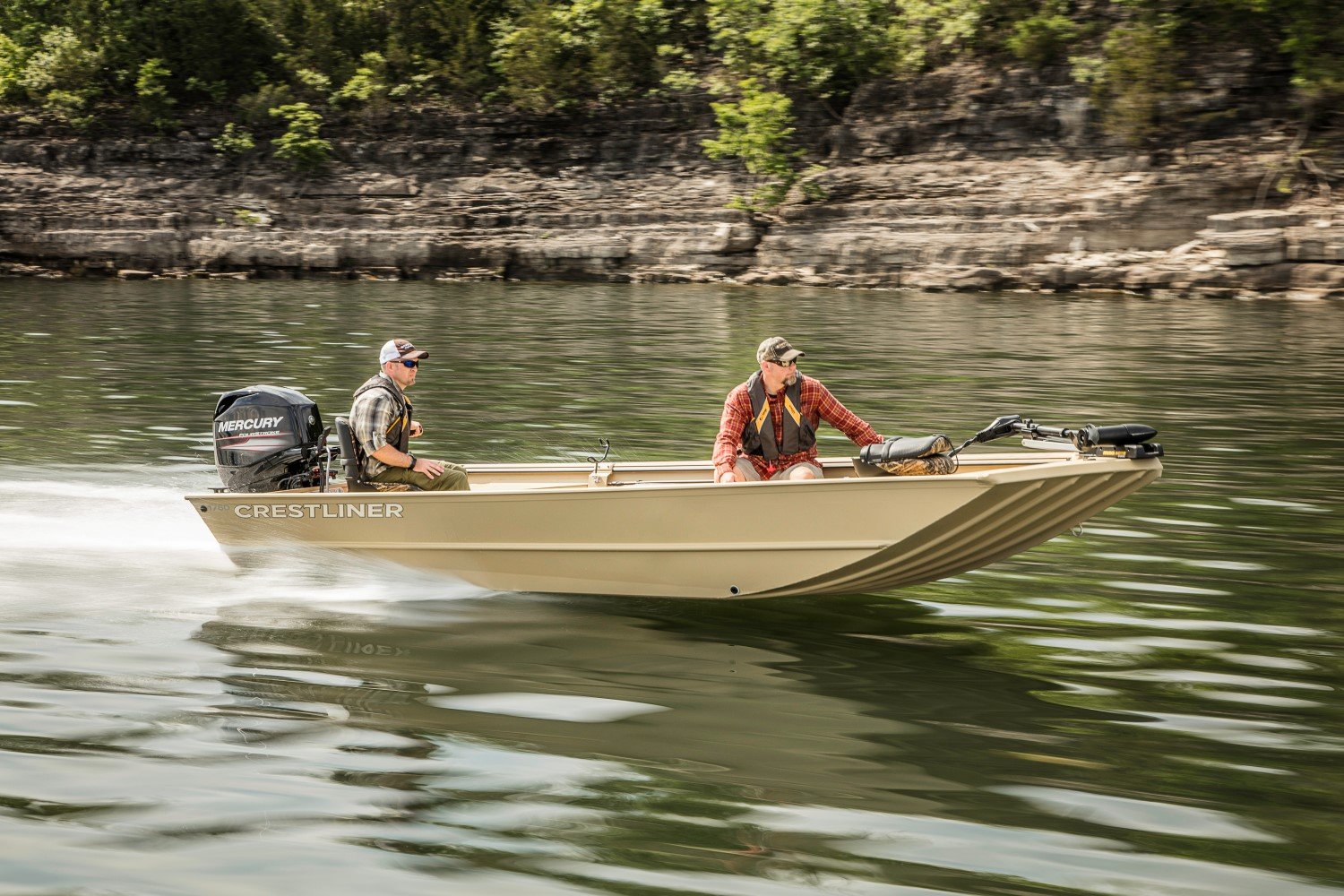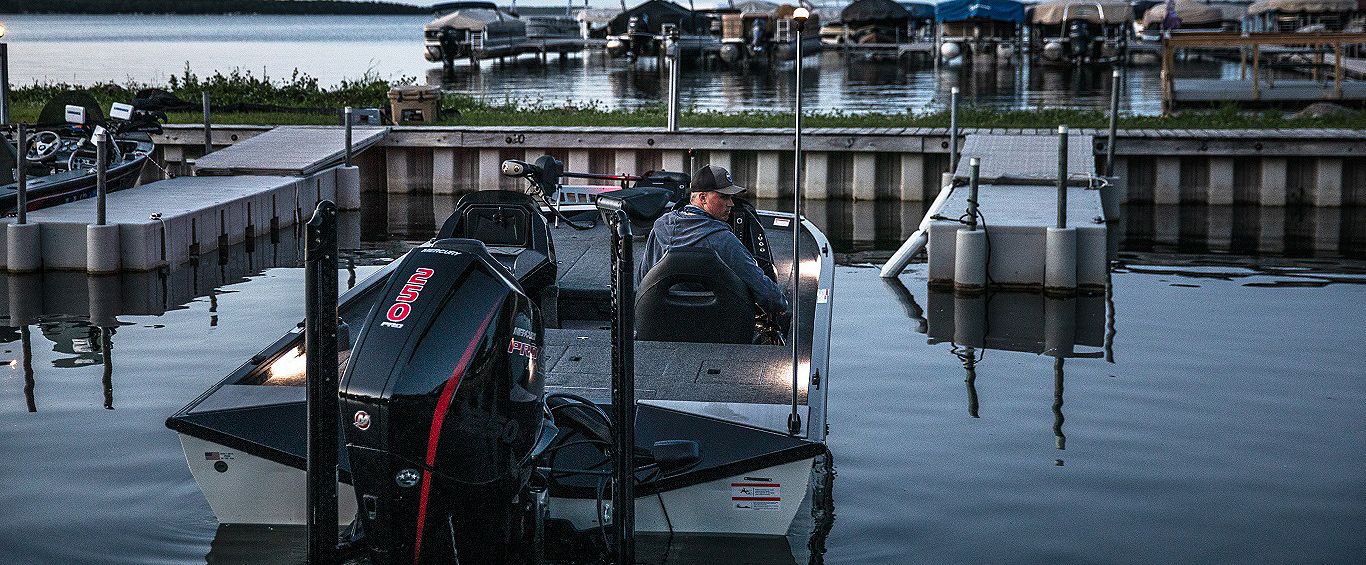Docking your boat is an important, basic boating skill to have because, at some point, you will need to secure your boat to a dock, pier, quay or jetty so that you and your passengers can get on or off safely. This activity will go from stressful to easy and smooth as silk as soon as you make these expert docking tips a habit. And, while docking a boat can be challenging at first, the more you practice, you will get better and better over time.
Tip #1: Assess Your Surroundings
Before docking a boat, take a moment to size up the situation. Look at the water hitting the dock markers to gauge the current's direction and speed. Check nearby trees or flags for wind cues. Allow the boat to drift briefly to understand its response to these factors. This quick environmental check sets the stage for a smoother docking experience.
Tip #2: Prioritize a Gradual Approach
Approach the dock at a controlled pace. Speed may look cool, but it's a gamble. Mechanical issues or an unexpected gust can throw you off course. If your boat is aluminum, its lighter weight gives you an advantage. Take it slow – a steady approach minimizes the risk of mishaps and keeps you in command.
Tip #3: Utilize Short Bursts of Power
Navigate using short bursts of power, especially if your boat has an outboard engine like those on a Crestliner. Turn the wheel without being in gear, then apply power for brief periods to enhance steering. Avoid keeping the boat in gear while turning the wheel, as it complicates steering. Go step by step – steer without gear, shift in and out, then steer again for optimal control.
Tip #4: Dock into the Current or Wind
When possible, dock with the bow facing the prevailing current or wind. Similar to an airplane taking off into the wind, this approach provides better control. Aligning with the forces of nature minimizes external influences, allowing for precise docking maneuvers.
Tip #5: Maintain Engine Power Until Secured
Don't shut down the engine too soon after docking. Keep it running until all lines are securely fastened. This precautionary measure provides flexibility in case adjustments are needed. As long as the engine is on, you have the means to correct the boat's position without restarting the docking process.
Bonus Tip: Stay Calm, Avoid Unnecessary Stress
In the grand scheme of things, docking is a skill that improves with time. Relax and take it easy. Stress won't fast-track the learning curve. As you become more acquainted with your boat, docking will become second nature. Soon enough, you'll handle it with the ease of routine.
To learn more about navigation, watch tips from Crestliner pro angler, John Cox, on how to drive an aluminum fishing boat.

